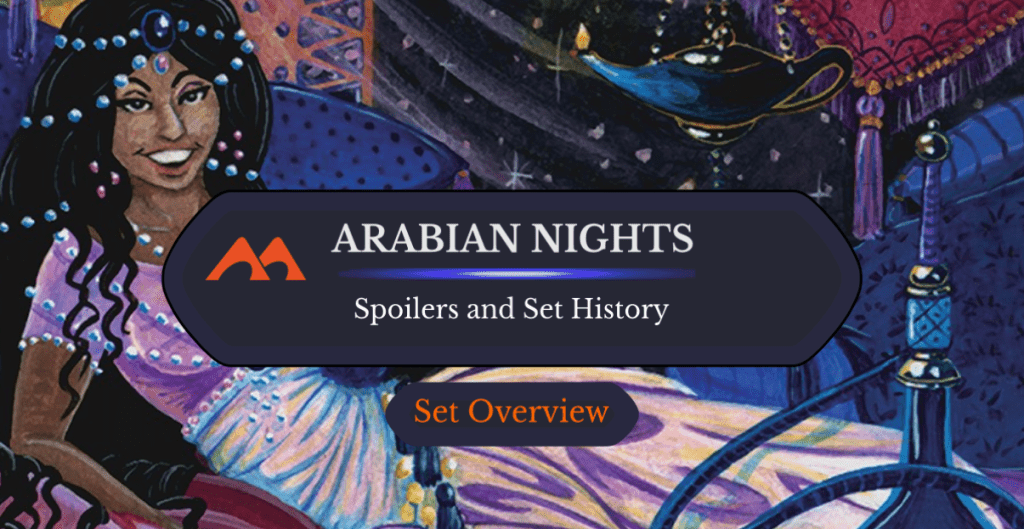
Shahrazad | Illustration by Kaja Foglio
Magic is a game with a really long history. And just like any other game, franchise, or other form of art and media with such a long history, it’s also gone through tons of changes, experimental phases, and weird decisions and ideas that have made it what it is.
Nowadays, Magic players are very familiar with expansion sets. Core sets have been discontinued for some time, as Magic relies on things like Commander to work as entry points for new players. But let’s take a trip beyond when Core sets were still a part of Magic, to a time when they were the only thing Magic had.
Alpha and Beta were the first sets ever released. As legendary (and expensive) as they are nowadays, they can also be considered Core sets. Same thing goes for Unlimited, the third-ever set in Magic, and the only set with an “un-” name that isn’t part of the Un-sets.
Let’s take a look at Arabian Nights, Magic’s first ever expansion set.
Arabian Nights Basic Information
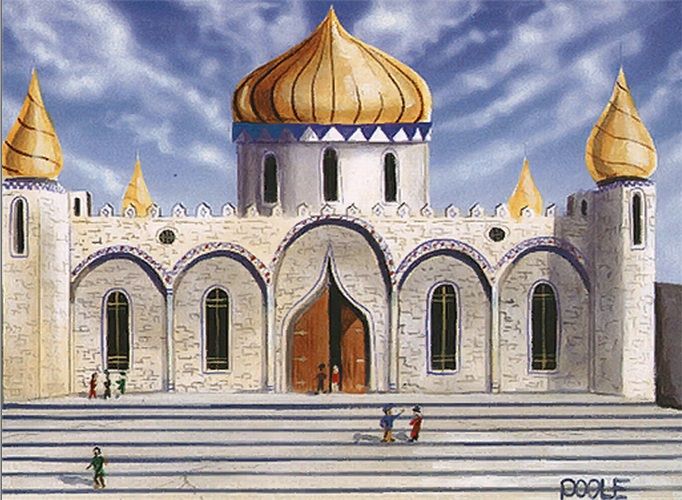
Library of Alexandria | Illustration by Mark Poole
Set Details
| Set Symbol |  |
| Set Code | ARN |
| Number of Cards | 78 cards |
| Rarities | 27 commons, 18 uncommons, 33 rares |
| Mechanics | Stealing, lands with abilities, coin flipping, meta-game mechanics |
Important Dates
| Event | Date |
|---|---|
| Release Date | December 1993 |
About the Set: The Story
Magic’s first-ever expansion set came by the end of 1993. A set that not only broadened Magic’s gameplay and mechanics, it also broadened its aesthetic and narrative borders. Nowadays we get a lot of discussions around “Magic’s core aesthetic is European high fantasy so these or those sets don’t fit into Magic,” but it takes only a quick glance to see this isn’t true: Magic’s first-ever expansion set was Arabian Nights. This set not only took a pretty significant step away from that traditional European high fantasy aesthetic of the first sets, but it did so by representing already existing cultures and places, as well as their legends and myths.
Arabian Nights was the first of only two Magic sets to ever take place in real-life settings. Well, except for the Assassin’s Creed Universes Beyond set I guess, but we’re not counting that one.
Arabian Nights is based on the book of One Thousand and One Nights. Most of the named characters, creatures, places, and events represented in the set’s cards are derived from the different stories compiled in the book, including their real-life Arabian and Chinese settings.
One Thousand and One Nights is a compilation of Middle Eastern folk stories and legends, all being told through a specific narrative framing device.
The story begins with Shahryar, described by the narrator as a king ruling over India and China. Shahryar discovers that his brother’s wife is being unfaithful to him, which in turns leads him to discover that his own wife is being unfaithful as well. He decides to execute her and develops a twisted belief that all women act in the same way (maybe Shahryar was a 4chan user?). After the execution of his wife, Shahryar begins marrying a succession of virgin women, only to execute them on the following morning before they have a chance to dishonor him.
Eventually, the Vizier, who’s in charge of finding the virgin women for his king, is unable to find any more of them. The only remaining candidate is Scheherazade, the Vizier’s own daughter. She voluntarily offers herself as the new wife for Shahryar. On their first night together, she begins telling the king a tale, but leaves it unended. Curious as to how the tale ends, Shahryar refrains from executing Scheherazade, who finishes the tale on the following night, starting another one immediately after. This way, Scheherazade manages to postpone her execution, enchanting the king with her tales. This goes on for (you guessed it) one thousand and one nights.
The stories Scheherazade tells king Shahryar vary widely in themes and genre, varying from historical tales to love stories, tragedies to comedies, and even erotic tales. Several of the stories include fantastical beings like djinns, ghouls, wizards, and ape people, all intermingled with historical people and locations. Several important Middle Eastern figures appear in the stories, some of which are pretty anachronistic since they lived up to 200 years after the age in which the framing-device takes place. It’s also notable that several of the stories include instances of characters telling other stories, creating a story-within-a-story-within-a-story loop that’s really interesting and generates a deep narrative texture.
Spoilers ahead: Different tellings of the story have different endings, but the one similarity in all of them is that, for one reason or another, Shahryar finally decides to pardon his wife, allowing her to avoid execution, proving Scheherazade’s efforts fruitful.
The original release of the Arabian Nights set is directly based on this narrative, and the cards reflect this. At this time in Magic’s history the idea of the multiverse and its different planes wasn’t as tightly established; when it was properly established, Arabian Nights generated a series of problems since it was explicitly stated that our universe doesn’t exist within Magic’s multiverse (which is one of the reasons why the multiverse can be considered one of semi-infinite possibilities, since almost anything can theoretically exist except for our actual universe and world). To solve this, Arabian Nights was retroactively set on a plane called Rabiah, and the stories told in the set are said to have happened in the plane’s ancient historical stages and even in legends. This plane is also the one that gives the Rabiah Scale its name, which is a scale to determine how likely it is that a plane will ever be revisited, Rabiah being the plane that essentially will never, ever, under no circumstances, ever be revisited.
Arabian Nights Mechanics
As the first ever Magic expansion set, Arabian Nights didn’t have such a clear focus on specific mechanics as more modern sets tend to have, but it introduced several mechanics that persist even to this day.
Stealing
The cards Aladdin and Old Man of the Sea are the first-ever creatures that tap to permanently gain control of a target permanent. They have obviously spawned a series of similar cards and copies.
As a fun fact, the Aladdin story wasn’t part of the original telling of the One Thousand and One Nights, but rather seems to come from a Chinese legend that was added to the book by a French translator in the 1700s; this is why the art in Aladdin represents a character with Chinese clothes and features.
Abilities Activated by Opponents
Ifh-Bíff Efreet is the first-ever card to feature an ability that can be activated by its controller's opponents. This mechanic was especially prevalent in the Mercadian Masques set.
Lands With Abilities
Arabian Nights introduced a series of lands that can tap to activate abilities other than generating mana. Some of the more notable ones are Bazaar of Baghdad, Library of Alexandria, and Diamond Valley.
Coin Flips
Bottle of Suleiman, Mijae Djinn, and Ydwen Efreet are the first ever Magic cards to use coin flipping.
Other Mechanics
This set introduced several other mechanics, perhaps unknowingly. Some of them include lifelink (El-Hajjâj), cumulative upkeep (Cyclone), “expansion hosing” (City in a Bottle, which is a mechanic that has long been abandoned after being used only a few times), and some people even consider Jeweled Bird to be the first cantrip card since one of the effects in its ability includes drawing a card.
Arabian Nights Card Gallery
White
Blue
Black
Red
Green
Colorless
Lands
Notable Cards
As with most older sets, Arabian Nights has fallen victim to Magic’s power creep, despite having some of the game’s most powerful cards. To this day, Bazaar of Baghdad, City of Brass, and Library of Alexandria remain as some of the most useful or powerful lands, and Kird Ape was once arguably one of the best 1-drop cards in the entire game.
A series of other cards from this set have had some historical relevance within Magic:
Ali of Cairo
Ali from Cairo was once on the Restricted List due to it being considered particularly powerful. It has since been removed since it's now easier to deal with.
Desert
Desert is the first-ever common non-basic land.
Juzám Djinn
Juzám Djinn used to be considered the single most powerful creature in all of Magic. Good times.
Shahrazad
Shahrazad is very well known among Magic players due to its convoluted and excessively complicated effect. Design-wise, I’d argue this card is absolutely wonderful, as it makes players start a game within a game, forcing the eventual end of the original game to be postponed, not to mention that game-within-a-game can have another Shahrazad played, starting a very long loop. This perfectly reflects both Scheherazade’s ever-going narrations, as well as the story-within-a-story (-within-a-story) dynamic of One Thousand and One Nights.
This also makes it one of the single most impossibly obnoxious cards in the entire game, leading to it being one the only non-Conspiracy cards banned in Vintage that didn’t require ante or actually destroying your own cards (oh, Chaos Orb, what a wonderful design). This title was lost with the introduction of the companion mechanic and Lurrus of the Dream-Den’s banning. It remains banned in both Legacy and Vintage due to the time restrictions in tournaments.
Available Products
Arabian Nights was released in eight-card booster packs as well as 60-pack booster boxes. They’re nowadays some of the most expensive Magic products, going for up to hundreds of thousands of dollars. When it comes to availability, I’d say “not much unless you're really, really wealthy.”
Wrap Up

Juzám Djinn | Illustration by Mark Tedin
Arabian Nights is notable for a lot of things. It’s the first-ever expansion set; it’s one of the only two sets that feature real-life places, settings, and characters; it features some extremely notable cards from Magic’s history, whether it’s powerhouses like Library of Alexandria or curious and unique designs like Shahrazad. I always find it really fun to look through these old sets, finding curiosities from Magic’s history and seeing how much design idiosyncrasies have changed, from game mechanics to card art.
But enough about what I think. What’s your opinion on Arabian Nights? Did you get to play with this set when simple mortals could still afford to? What’s your favorite old set?
Leave a comment letting us know! And while you’re here, make sure to pay our Discord server a visit. There you’ll find an amazing community of MTG fans to share your hobby with!
That’s all from me for now. Have a good one, and I’ll see you next time!
Note: this post contains affiliate links. If you use these links to make a purchase, you’ll help Draftsim continue to provide awesome free articles and apps.
Follow Draftsim for awesome articles and set updates:
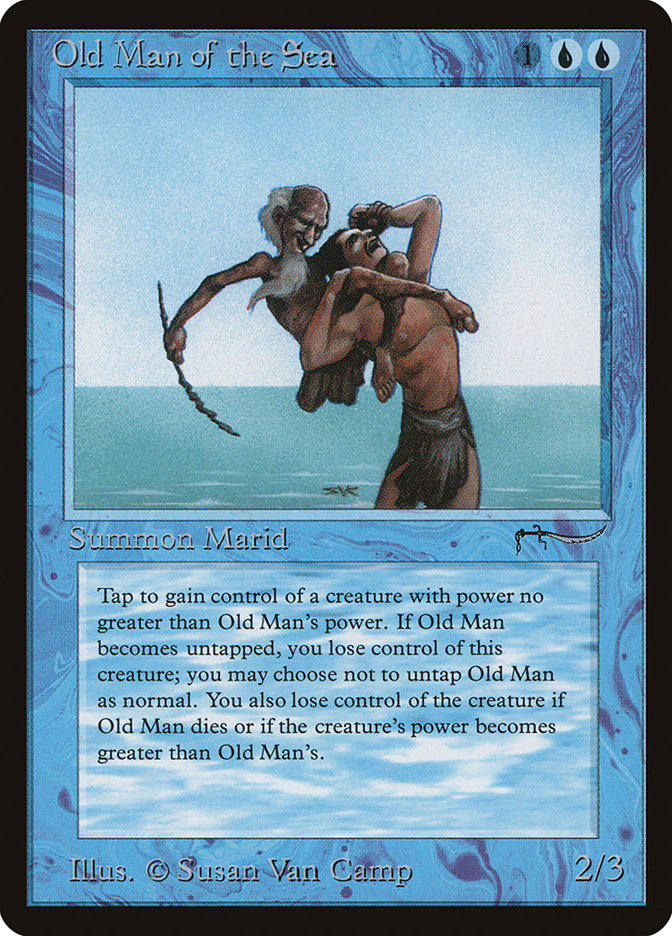
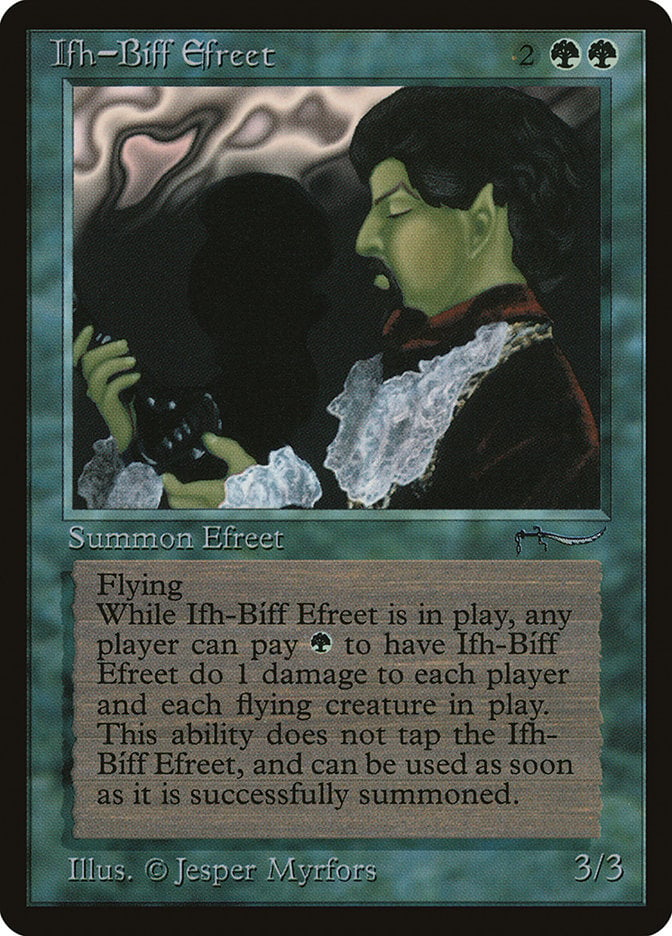

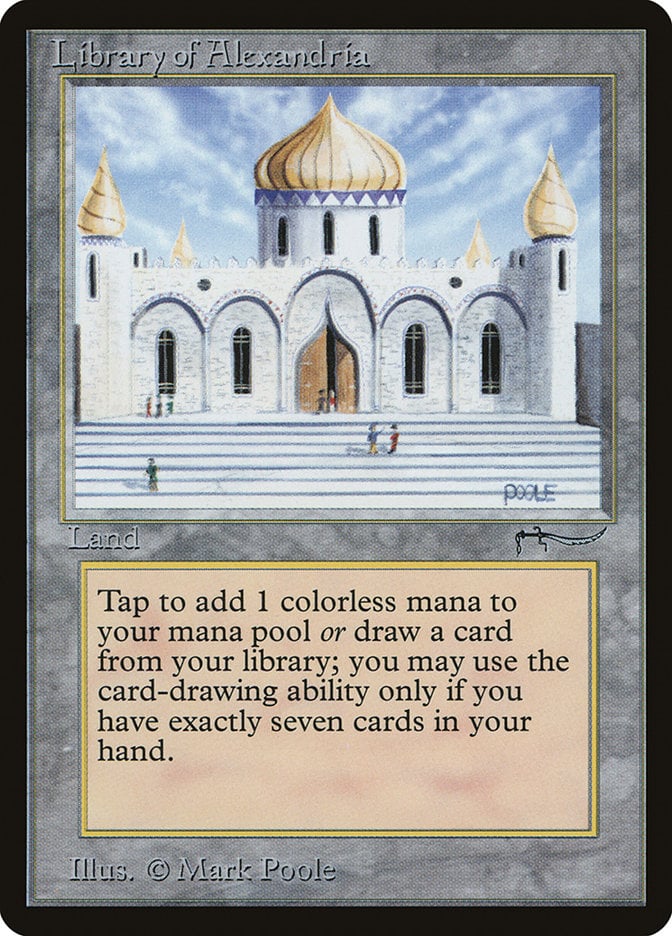
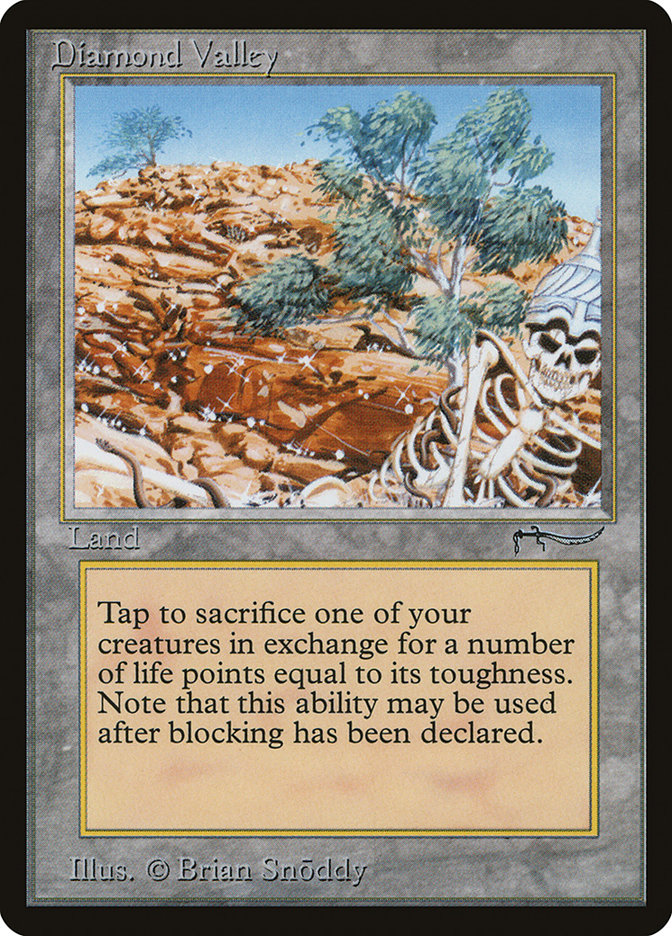
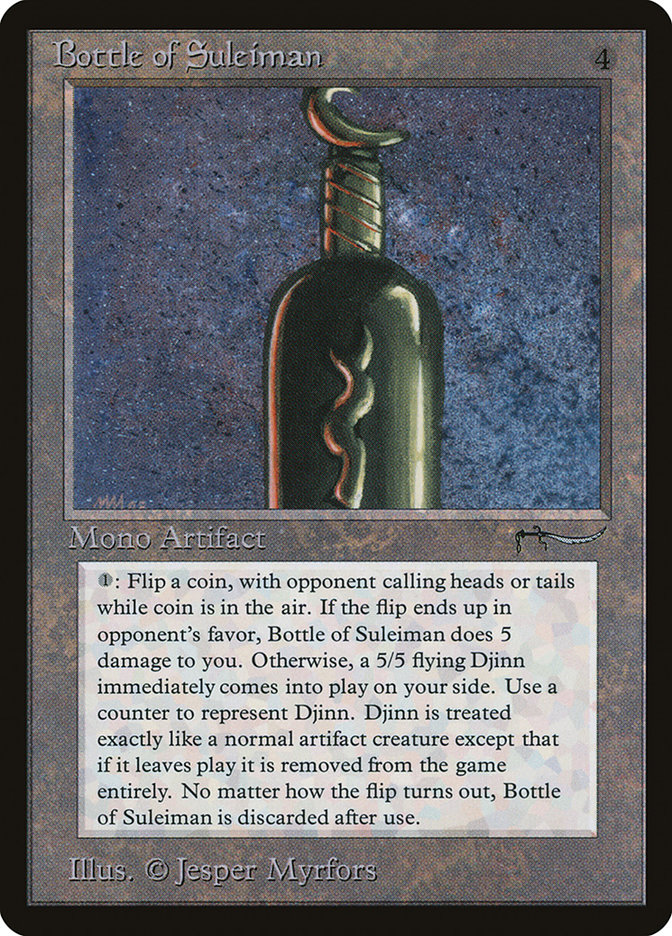

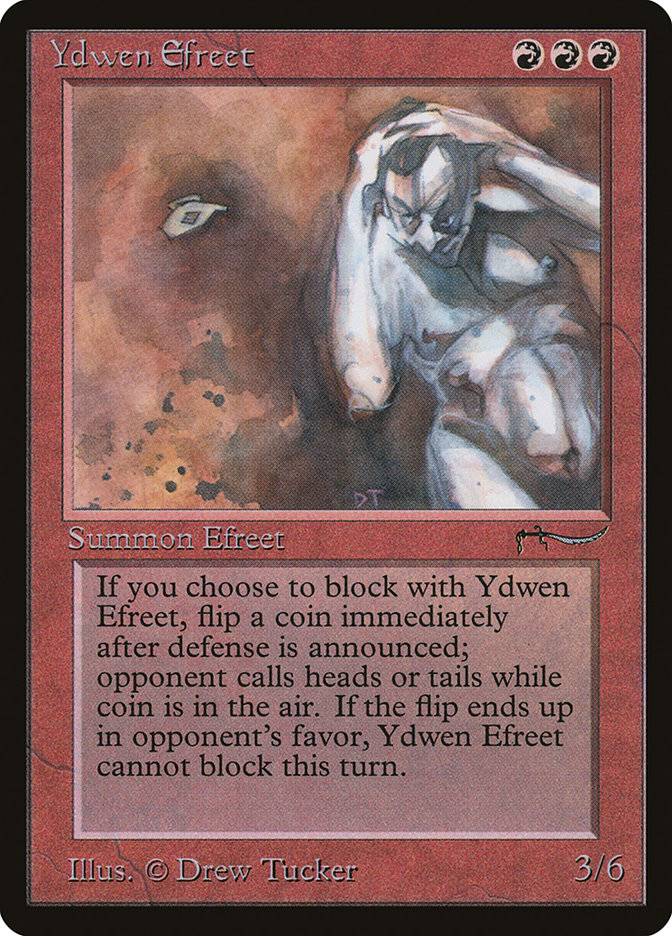
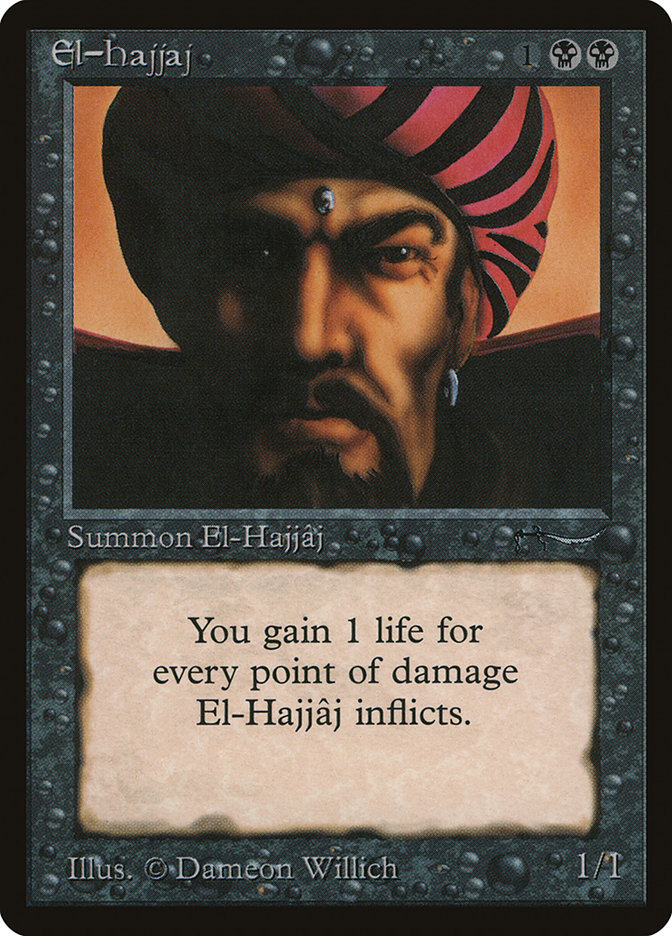


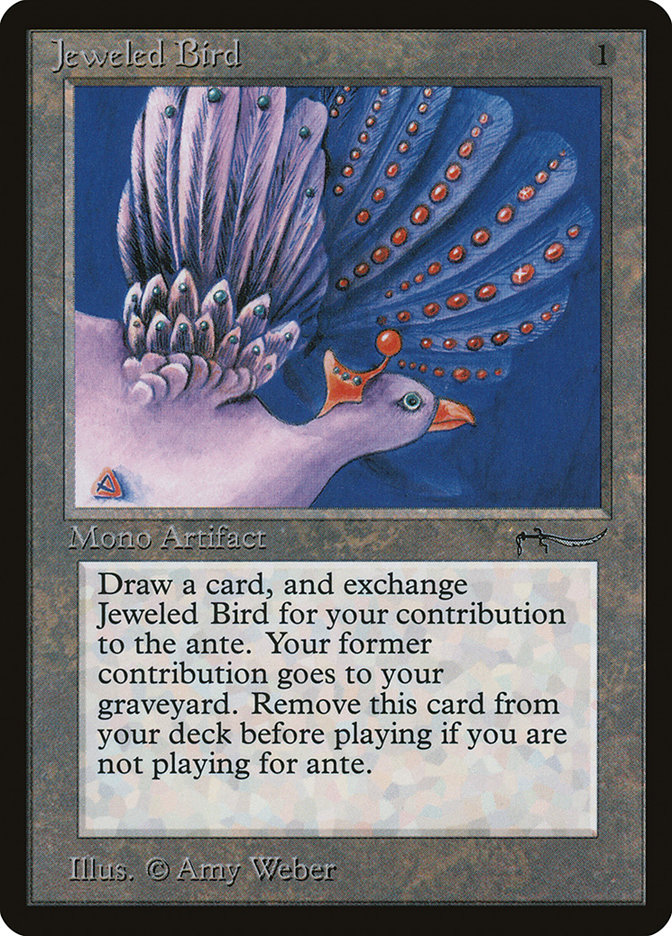

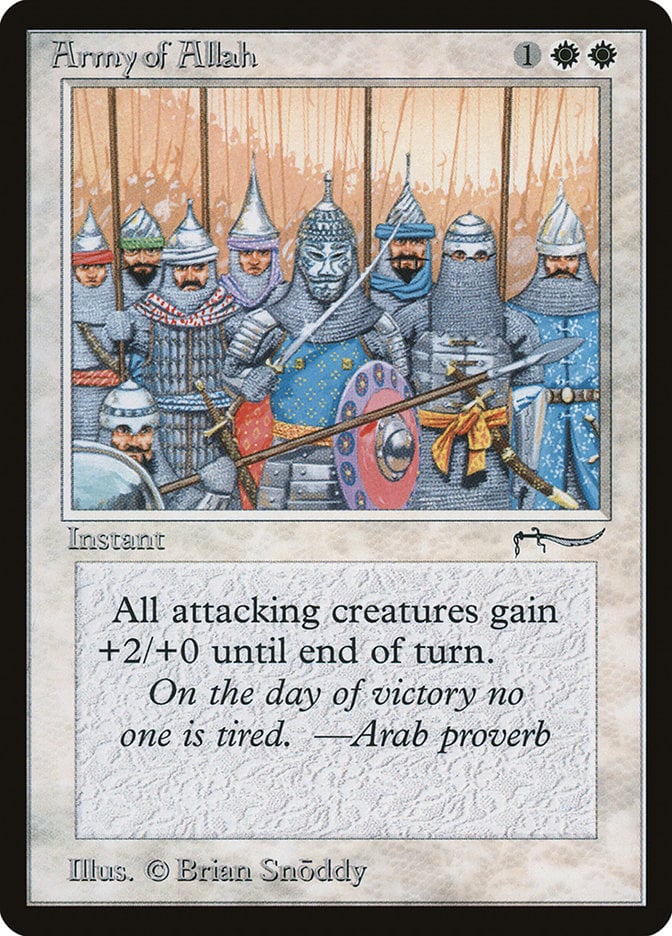
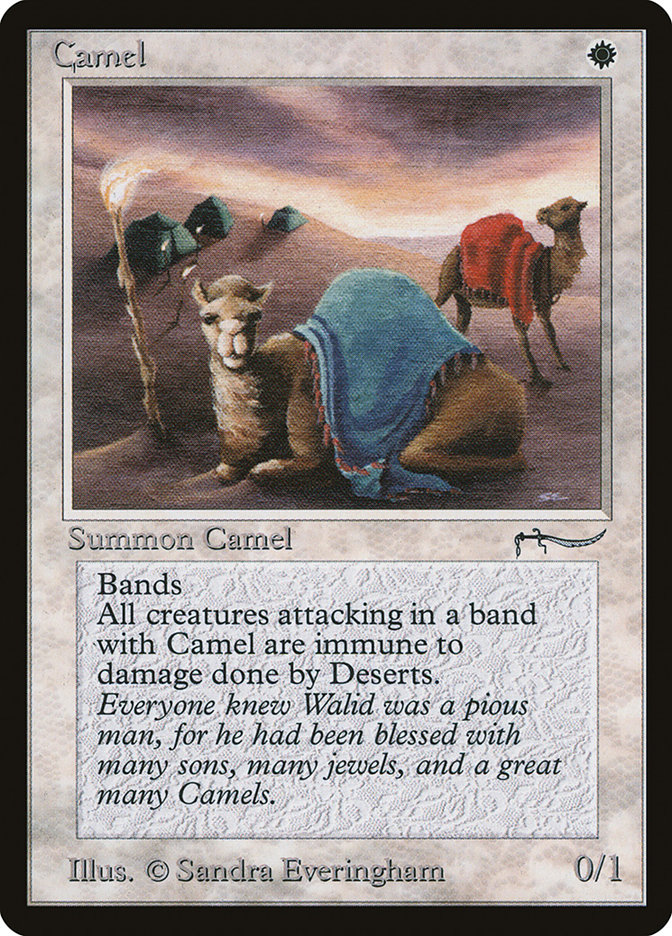
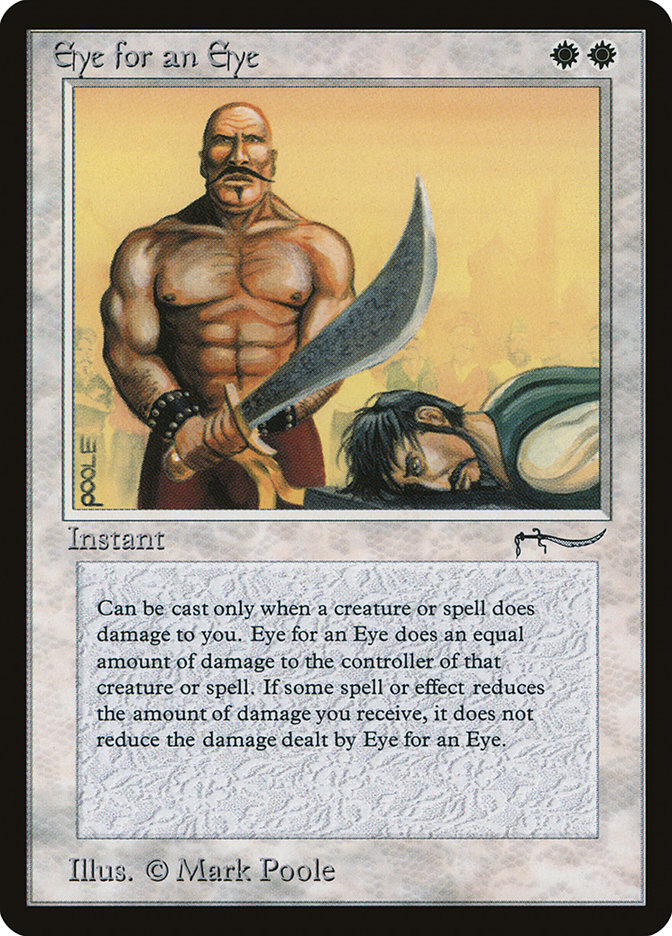
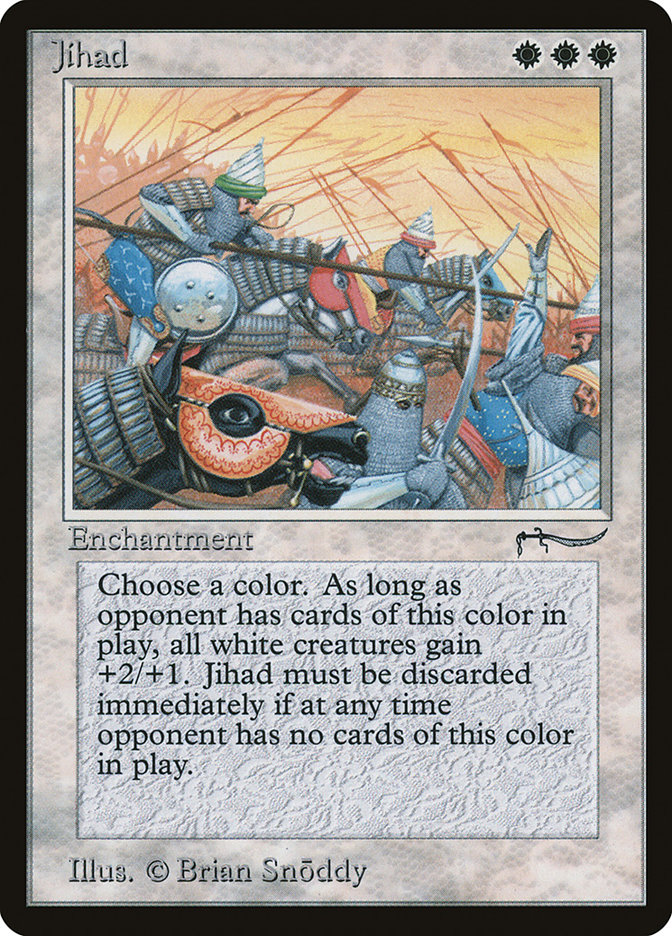
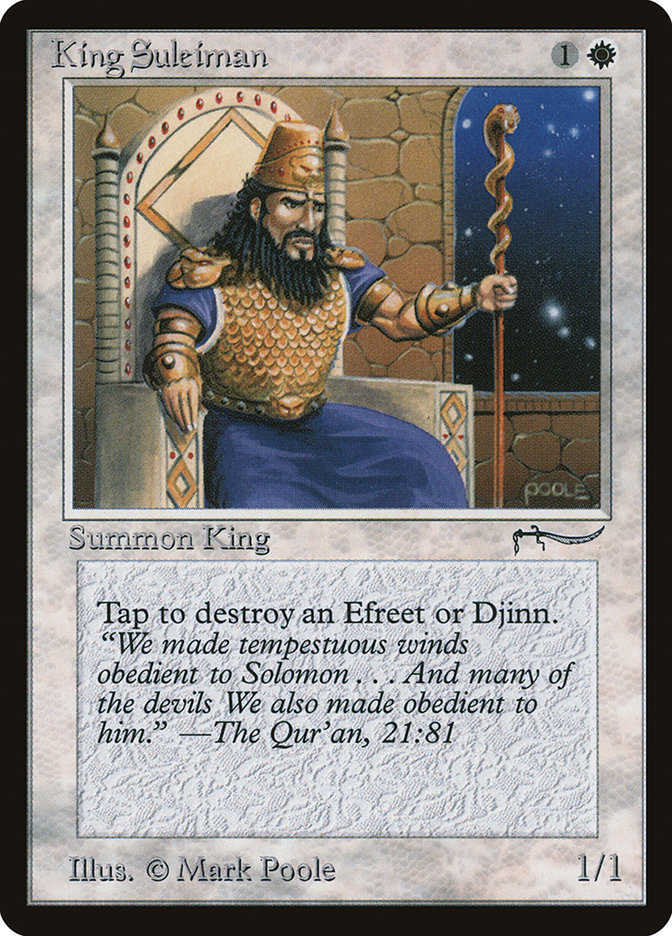
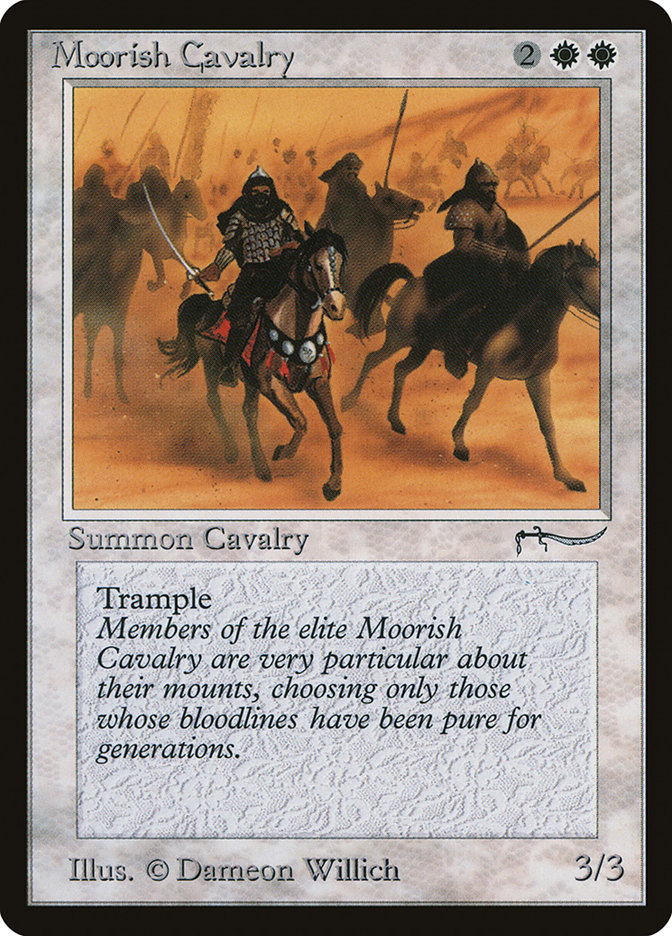
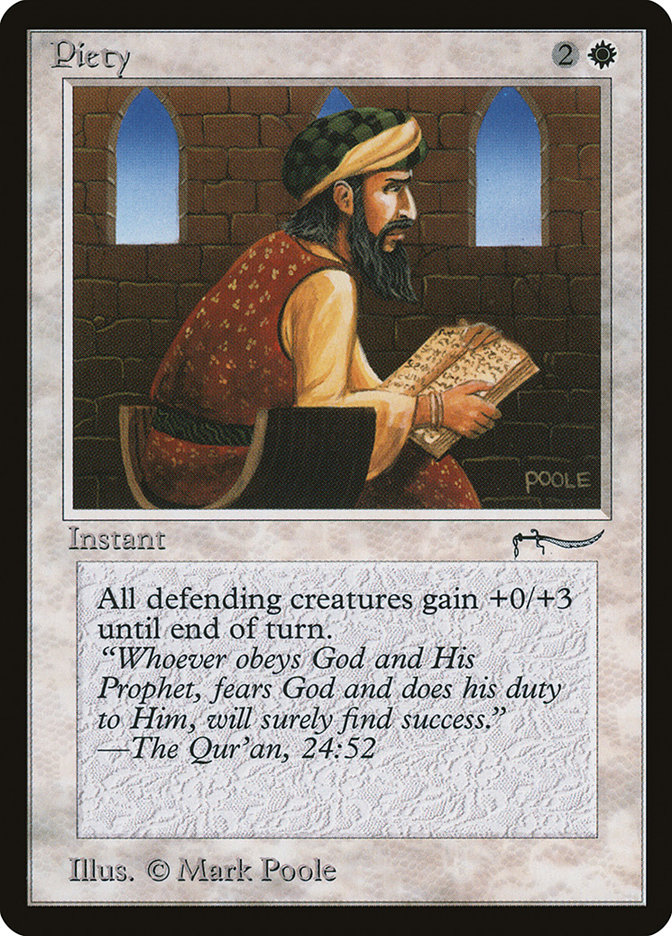
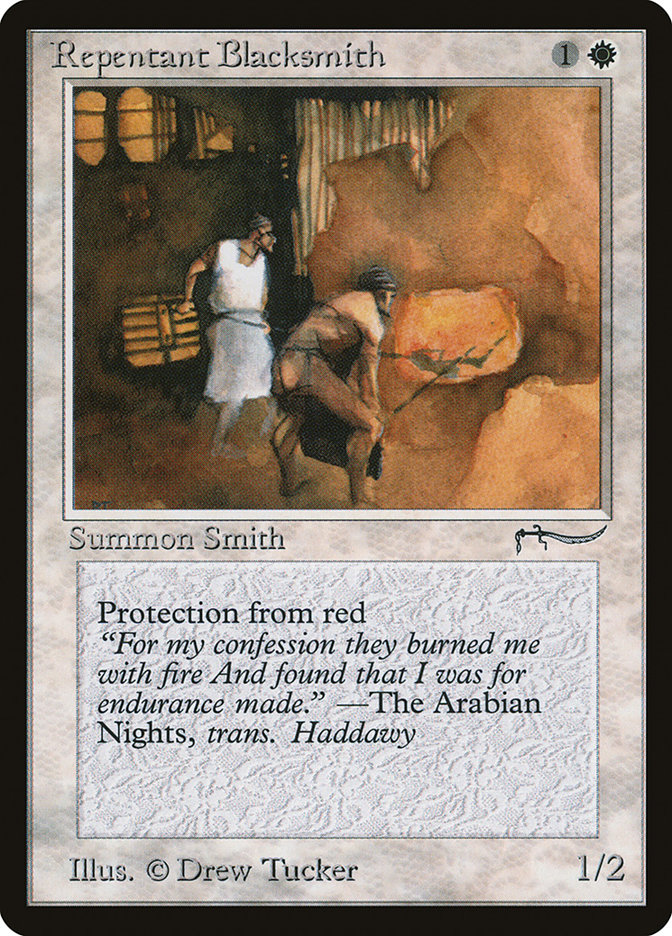
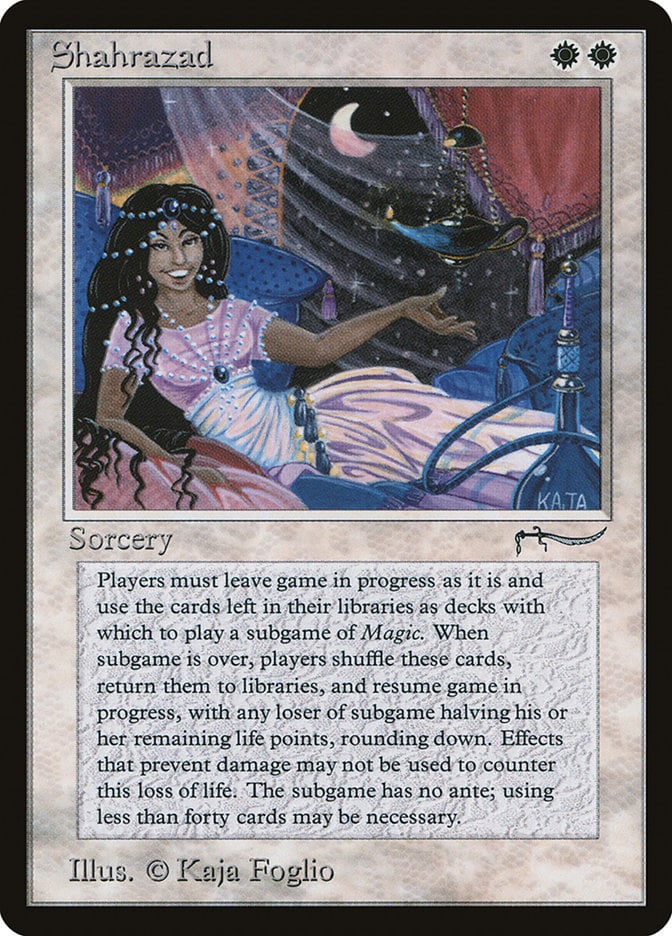
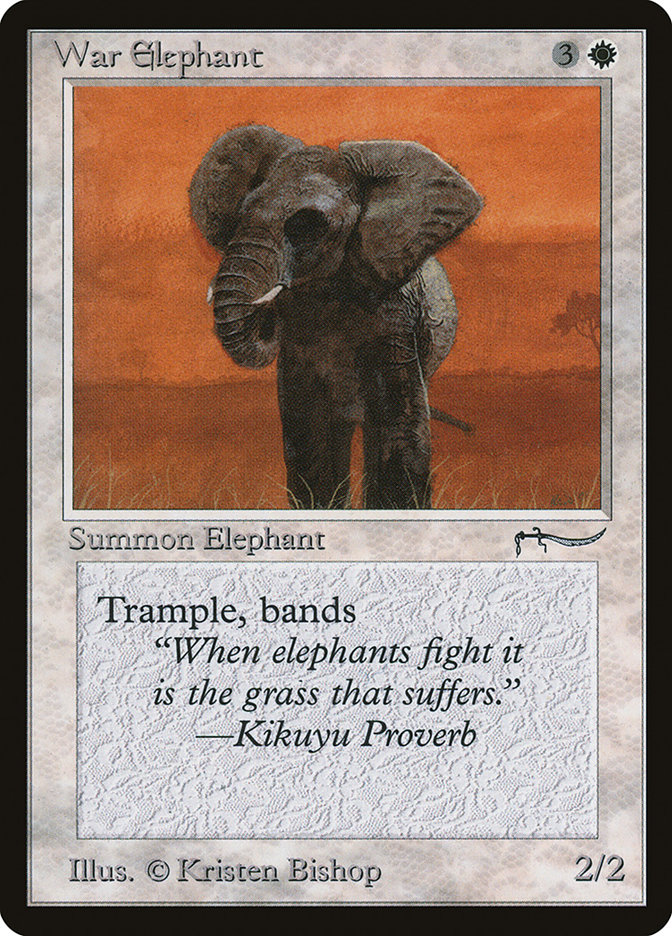


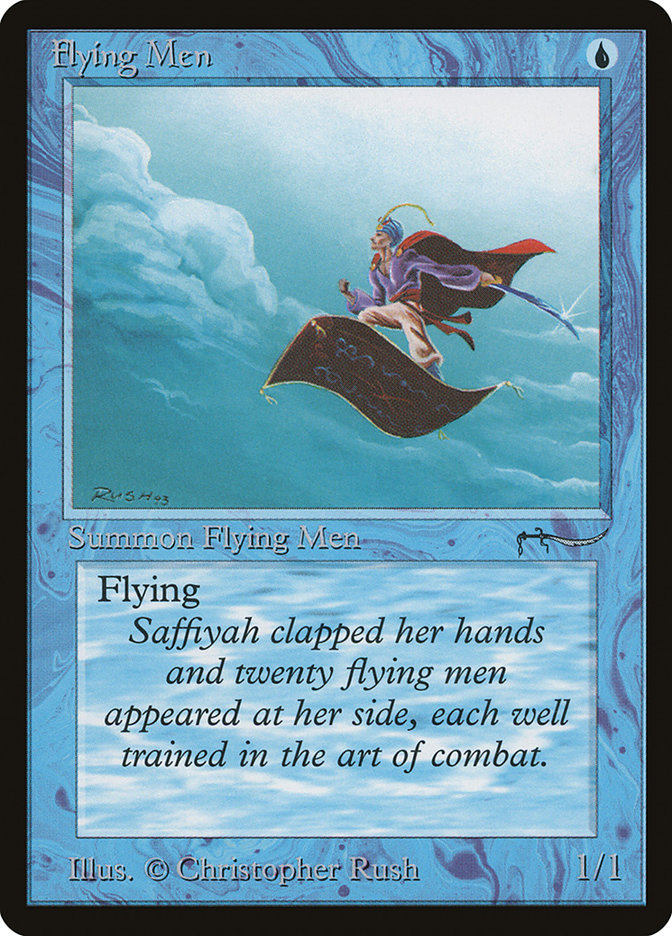

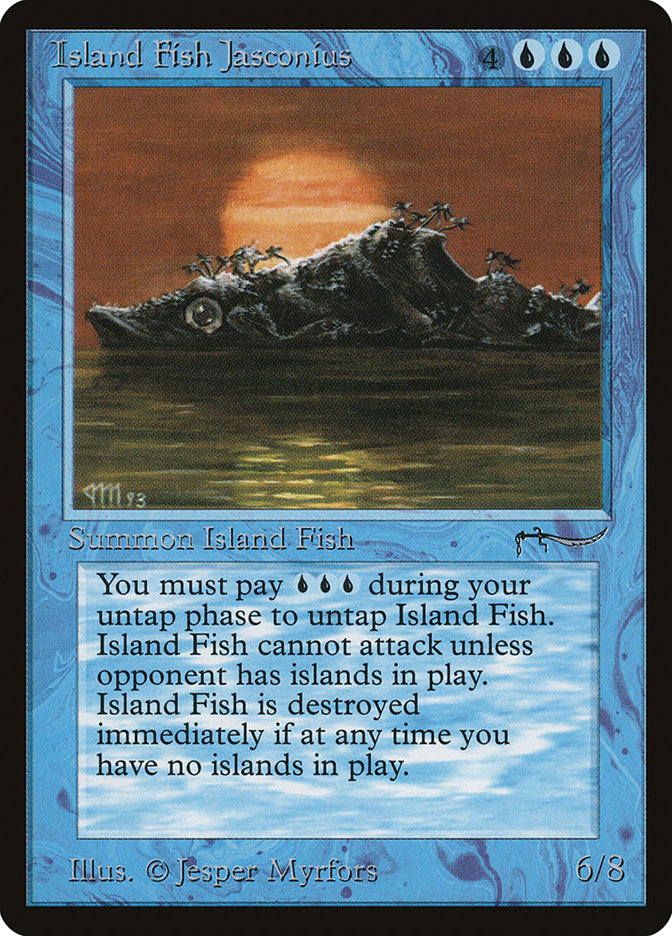
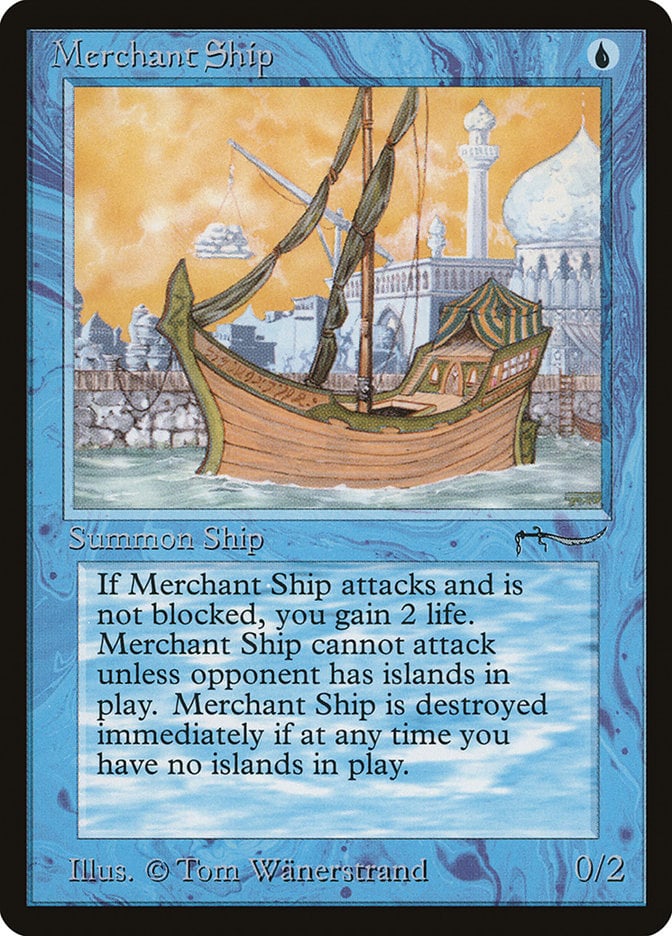
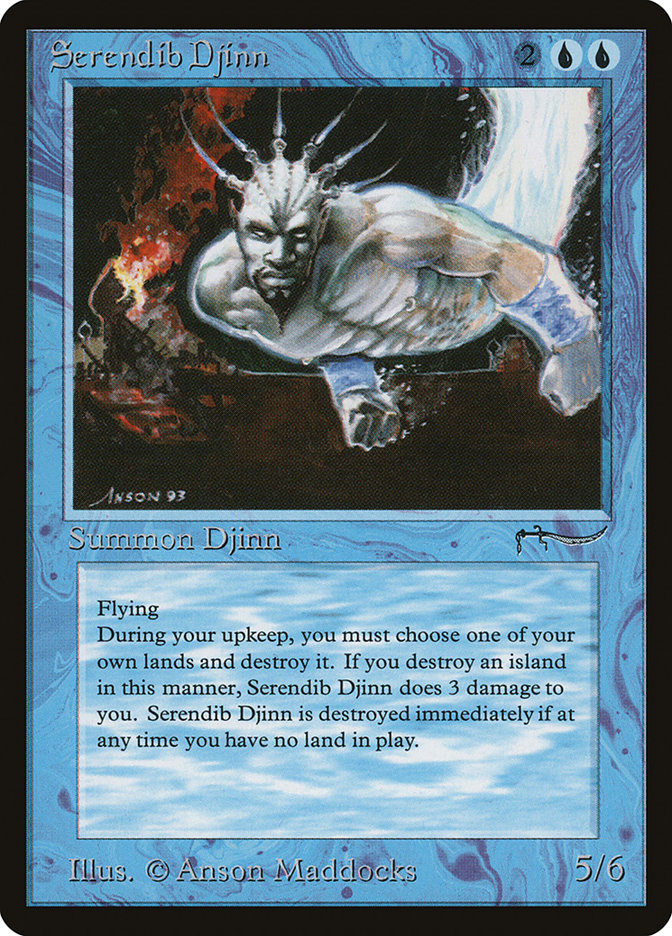
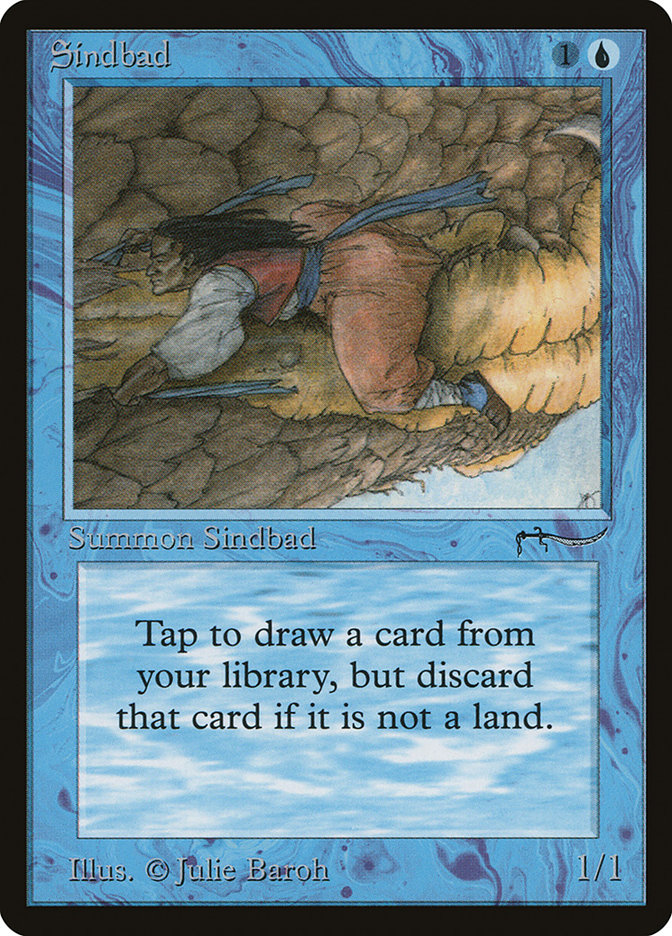
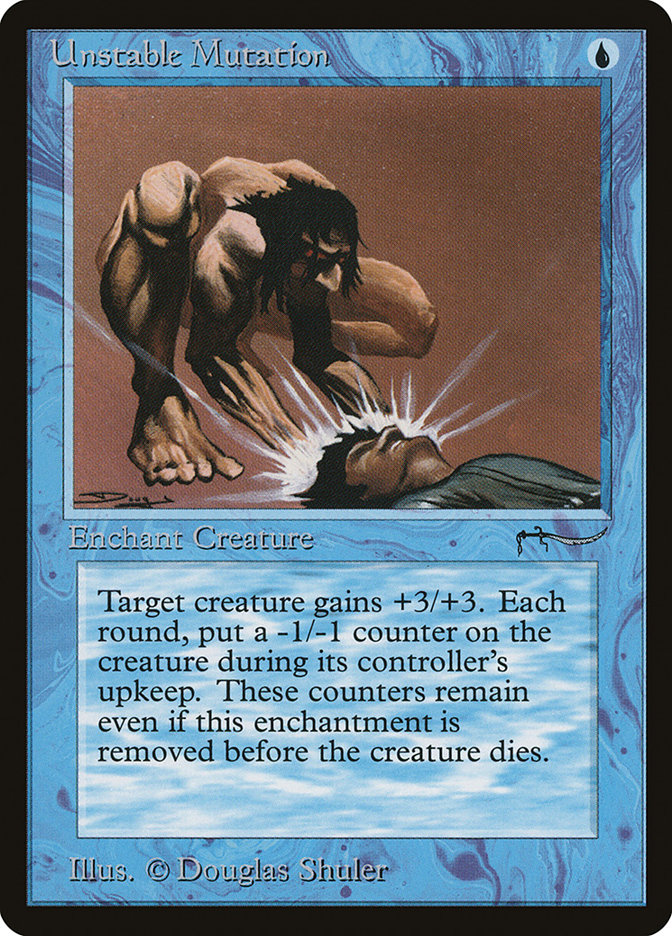
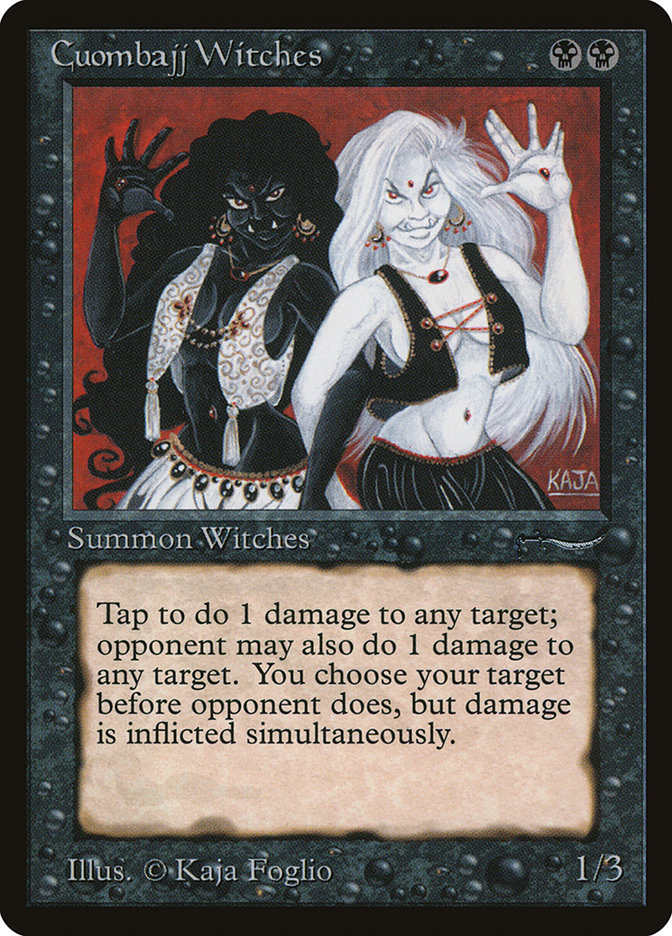
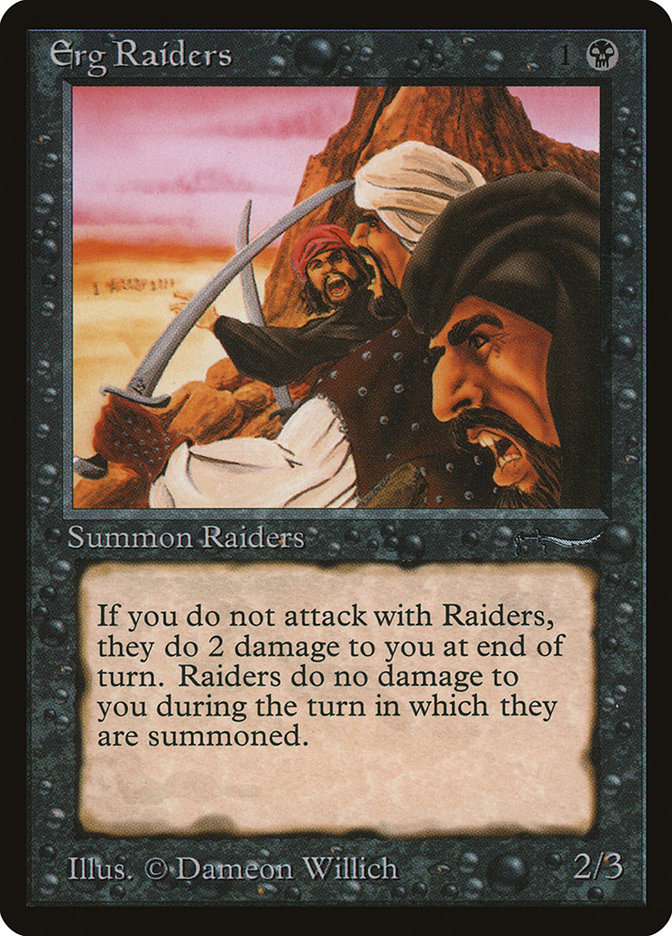
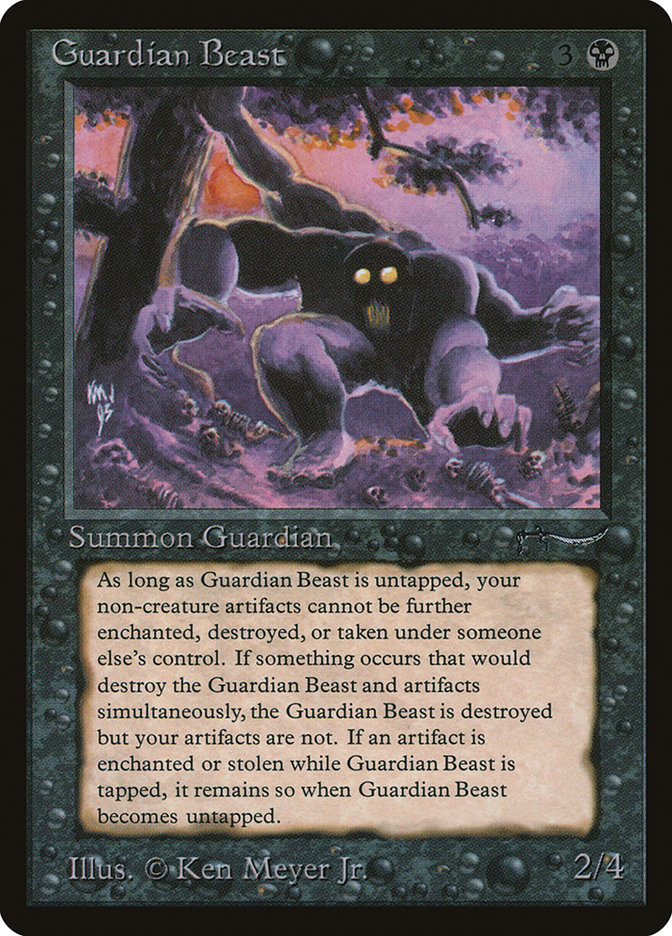



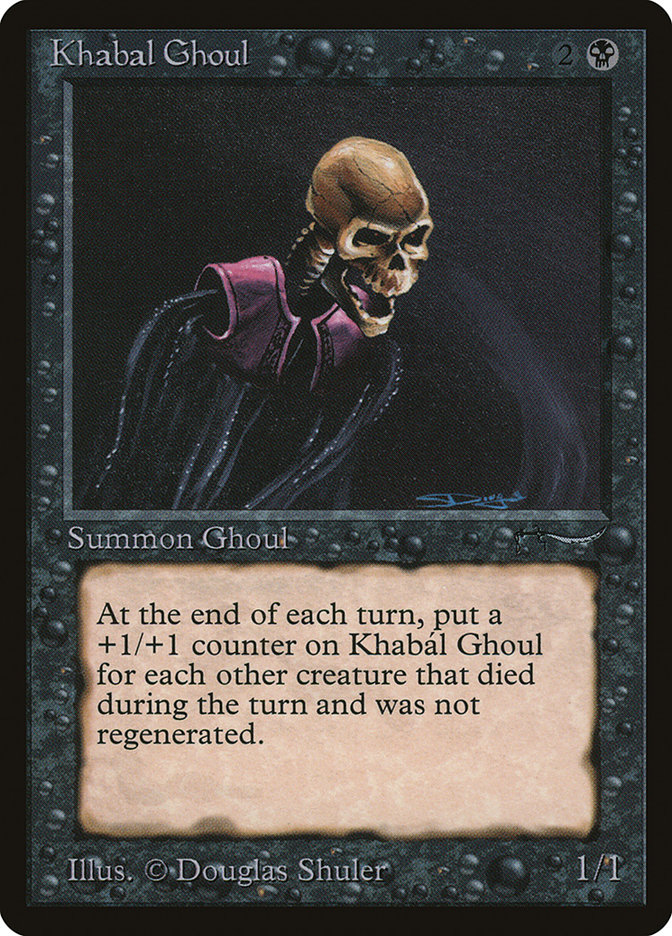

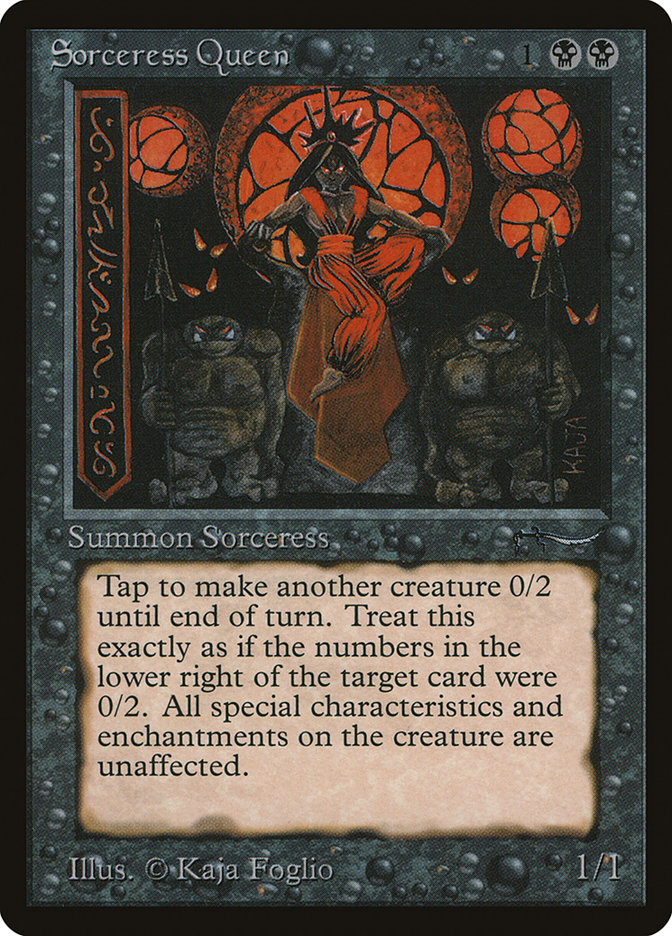

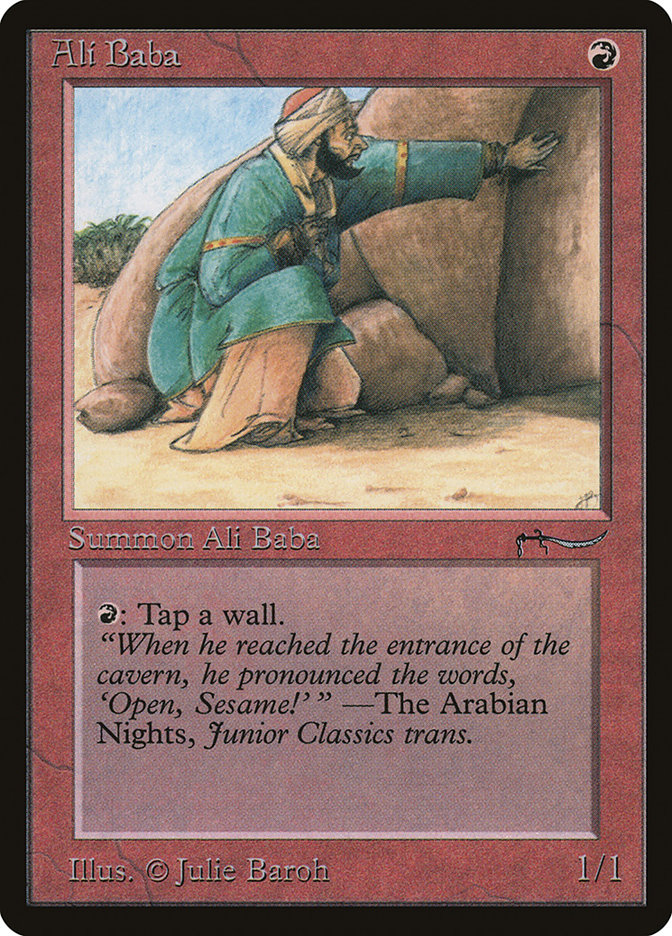



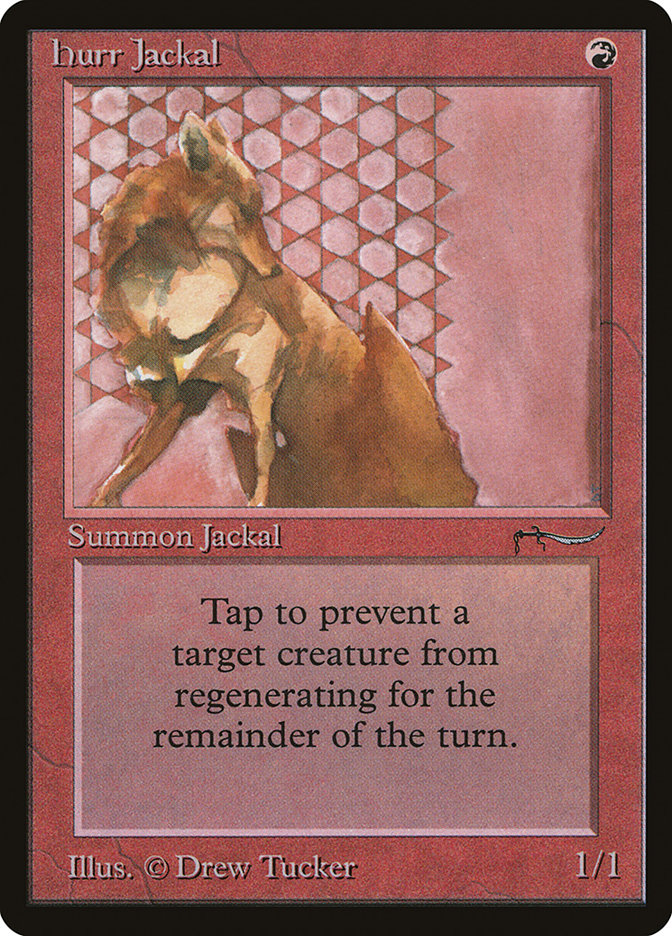

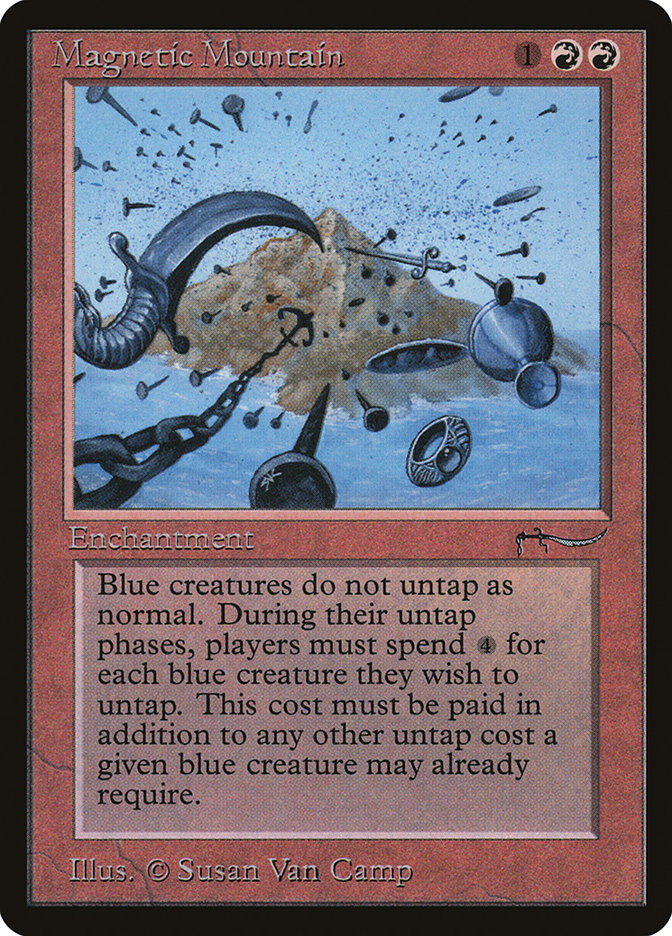
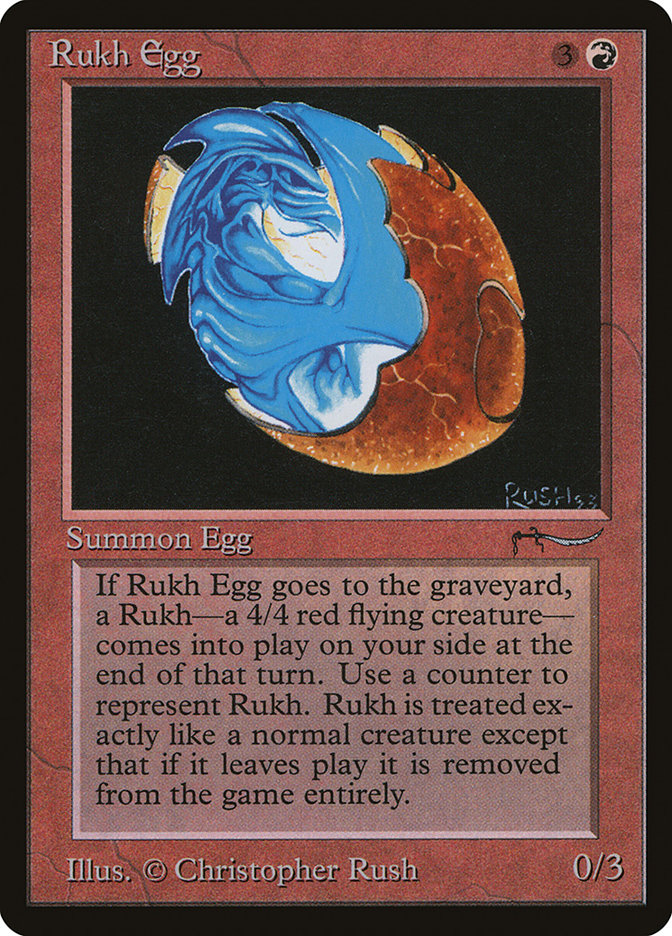
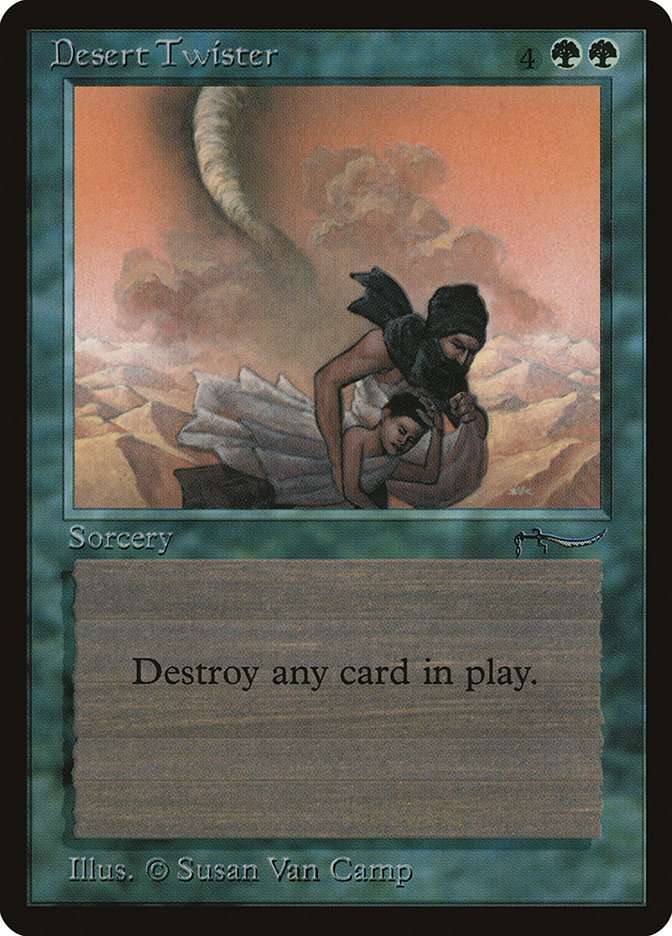
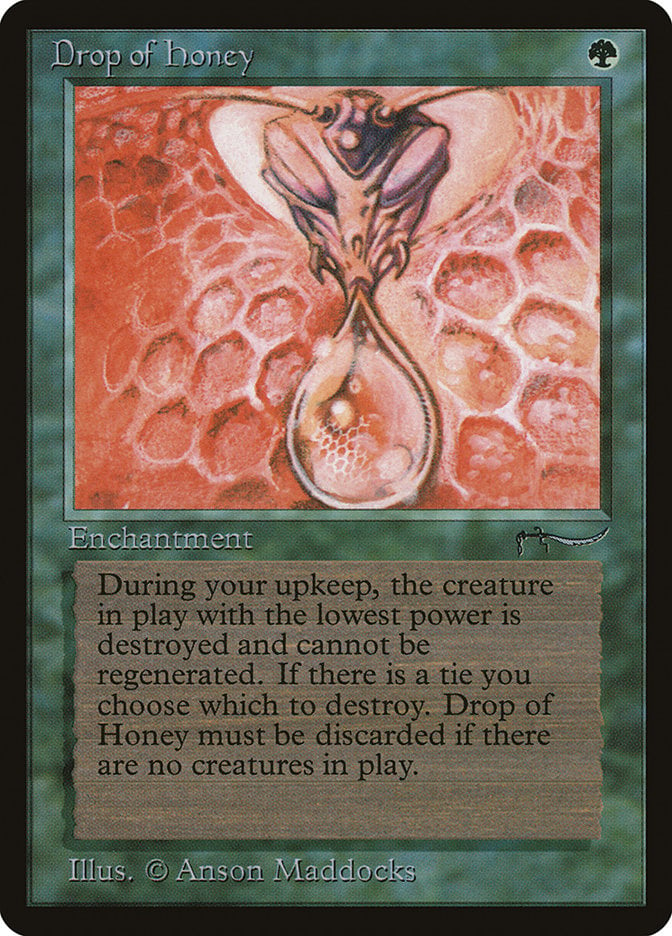
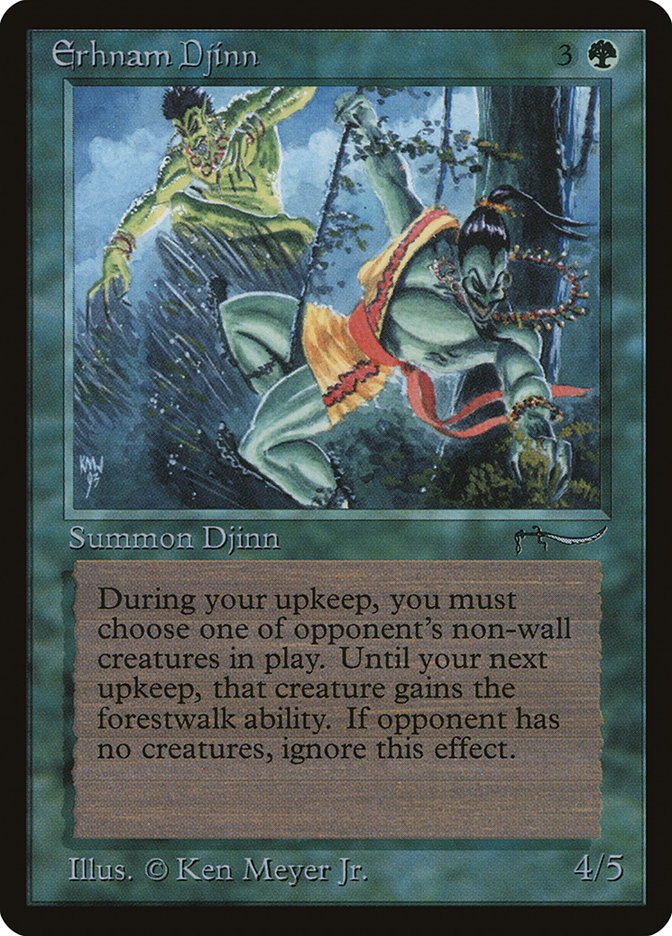
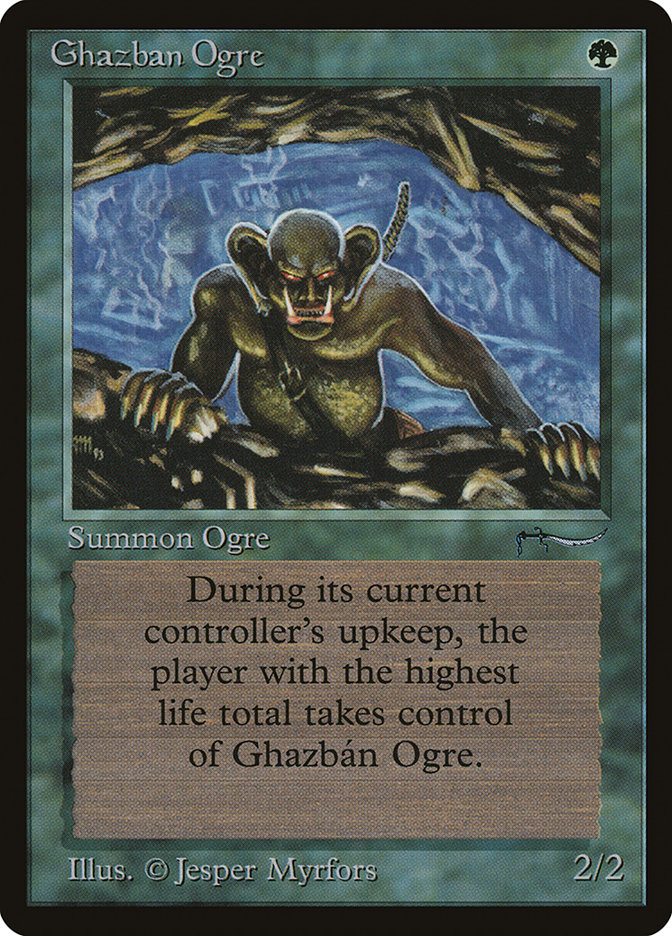
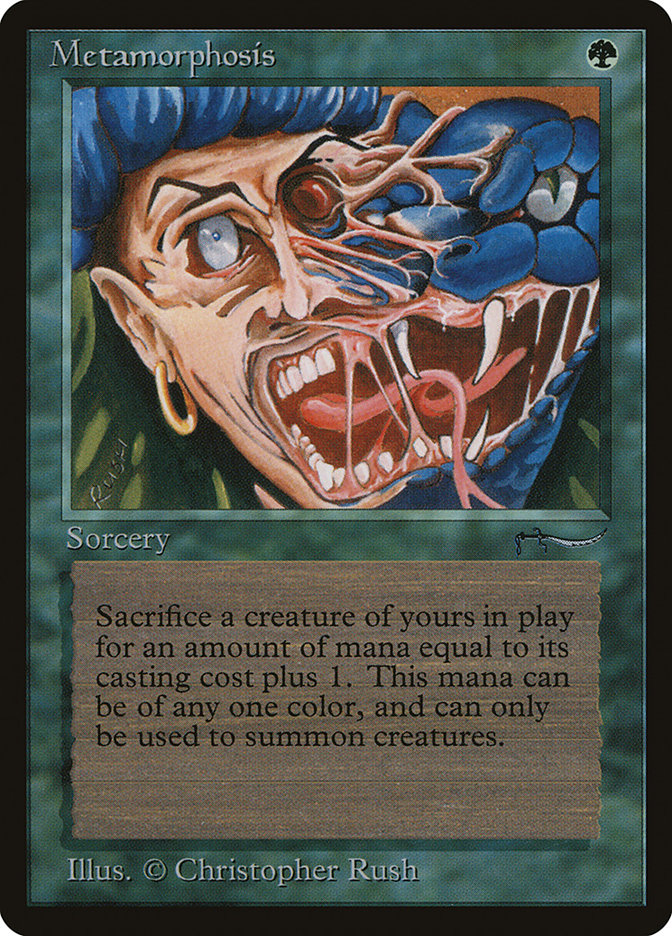
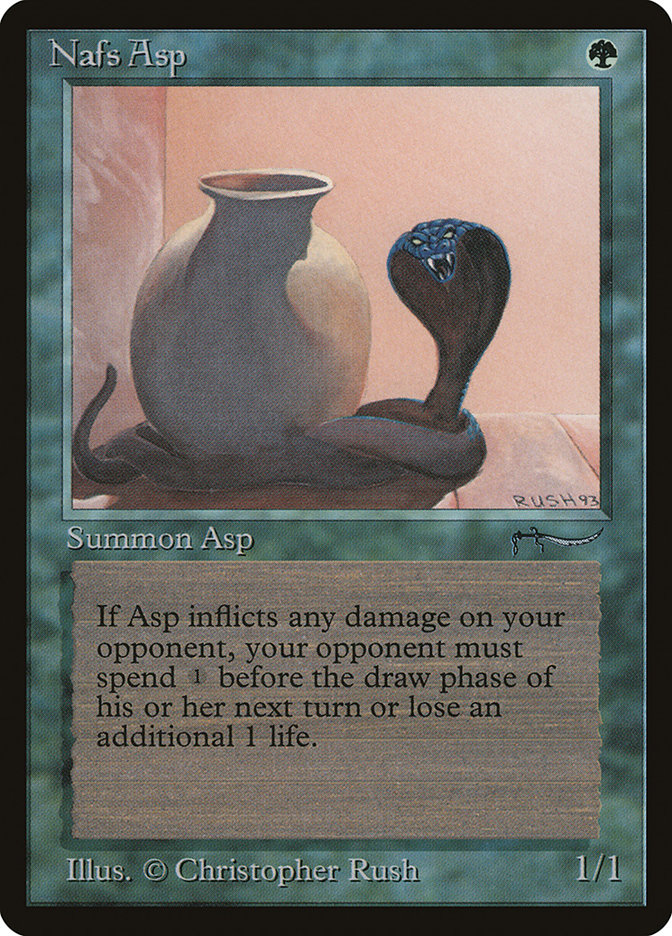
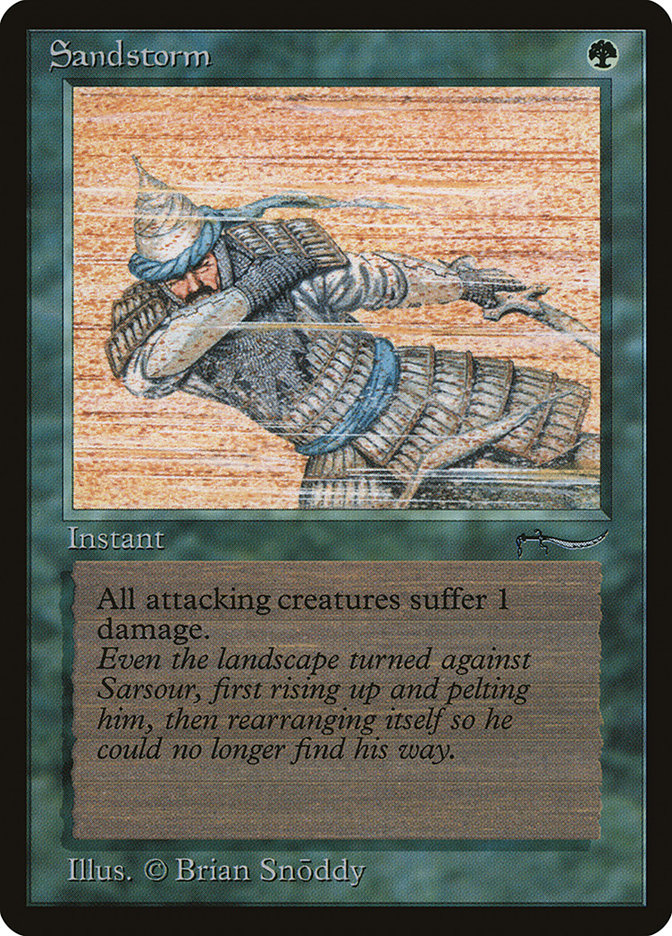
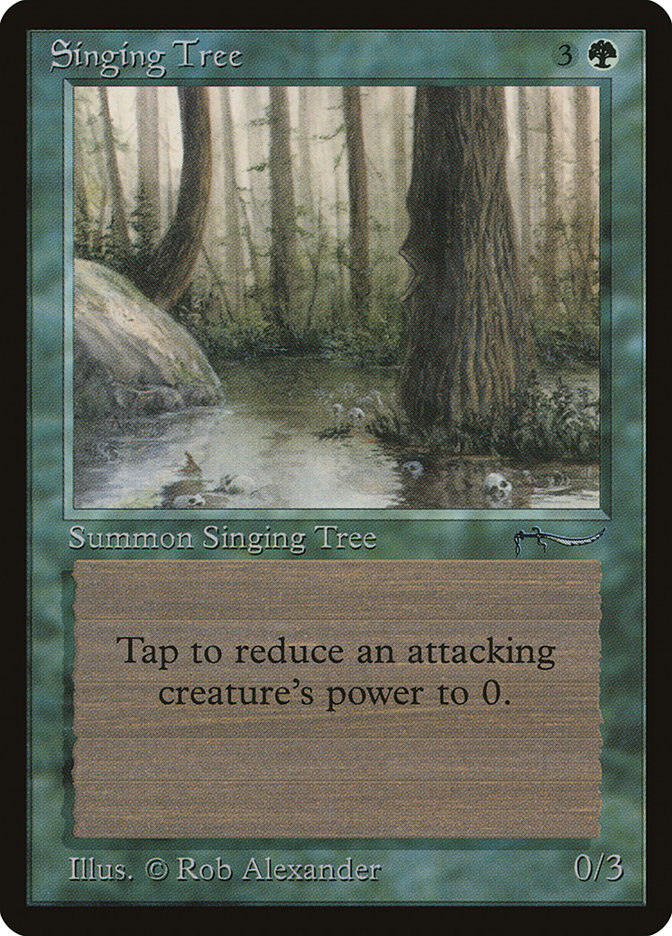

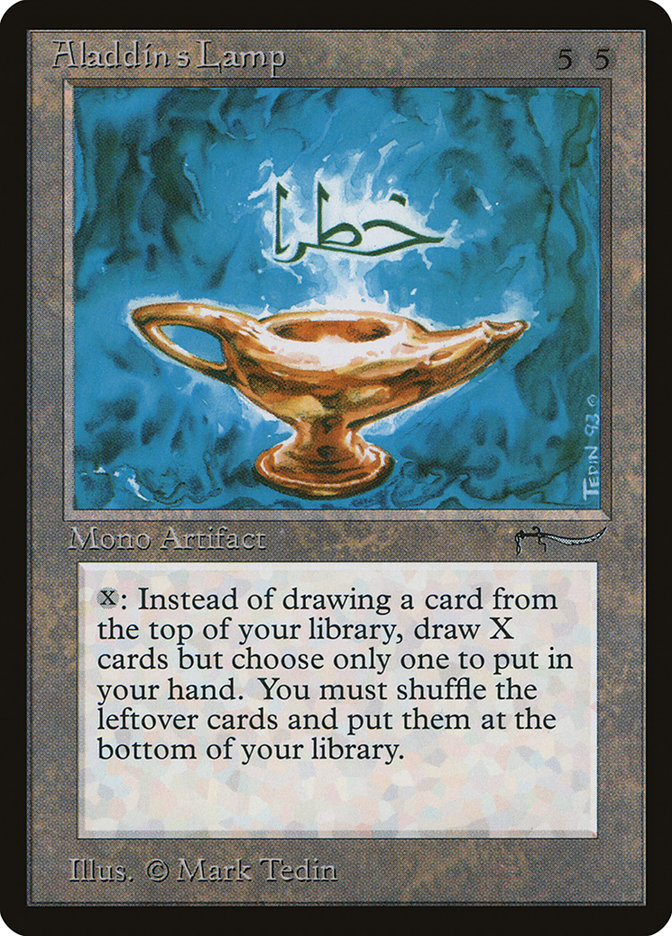
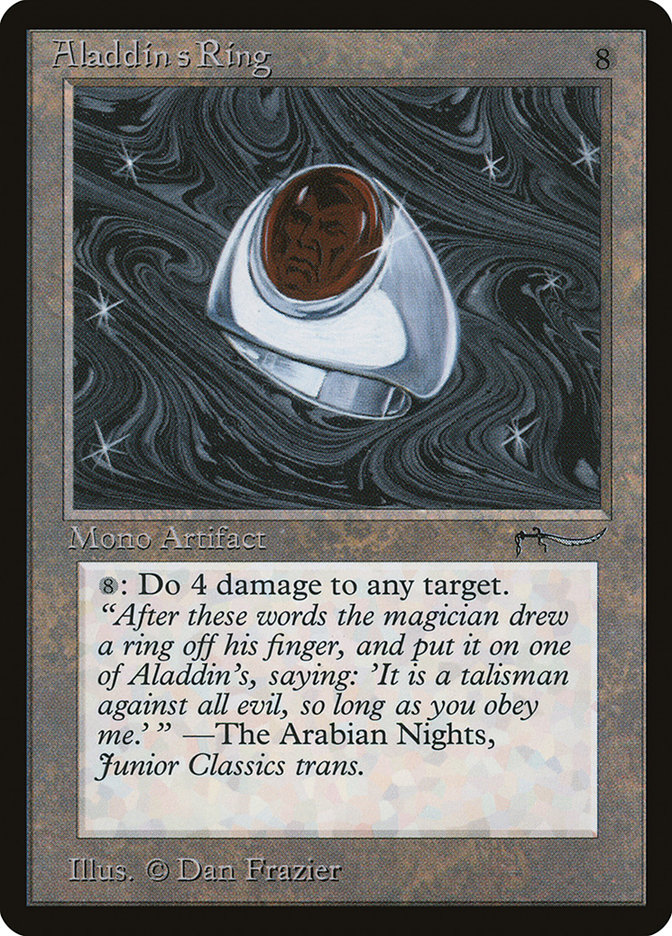
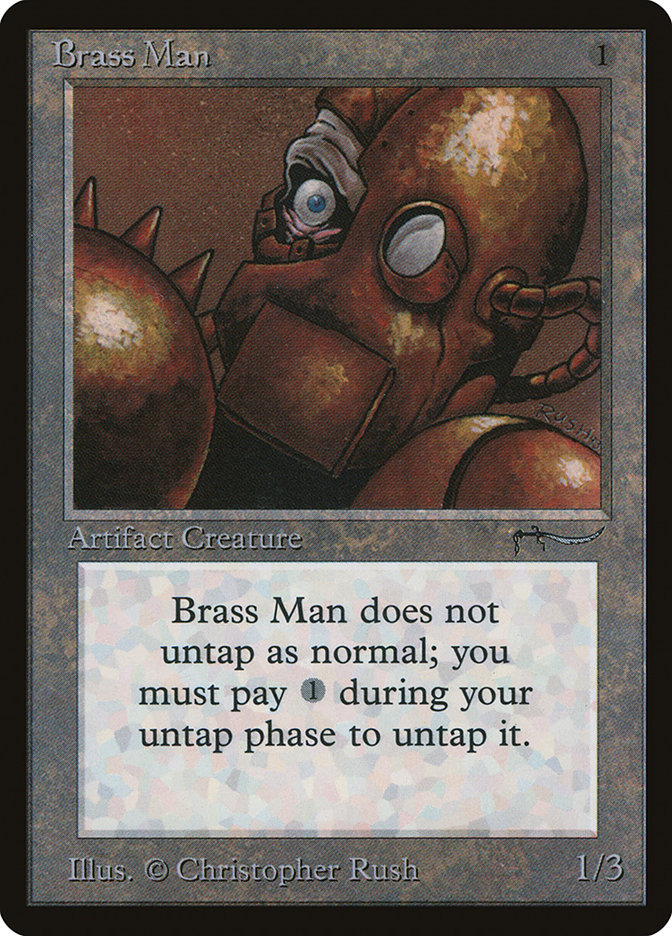
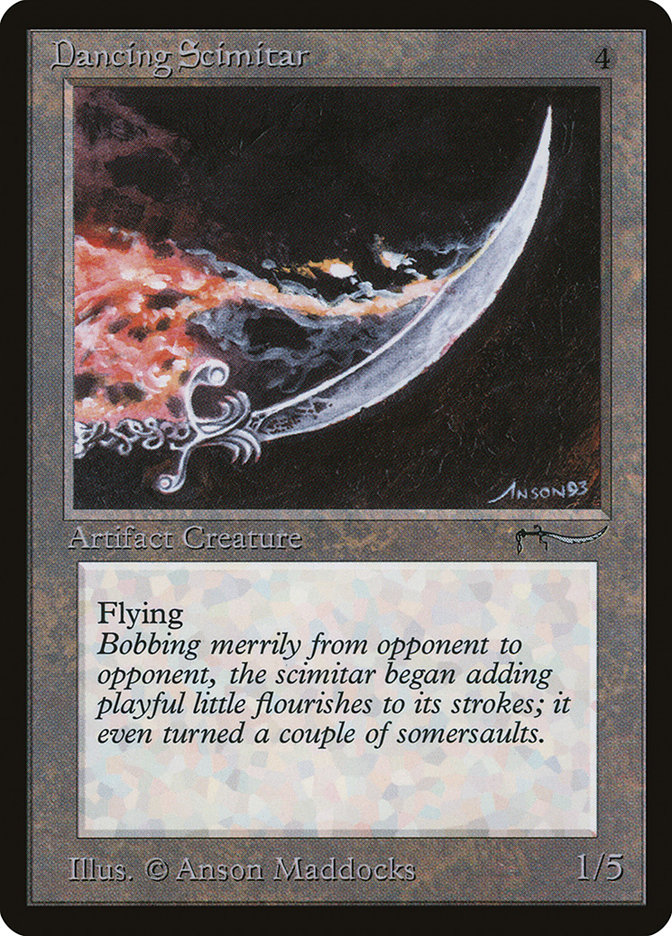
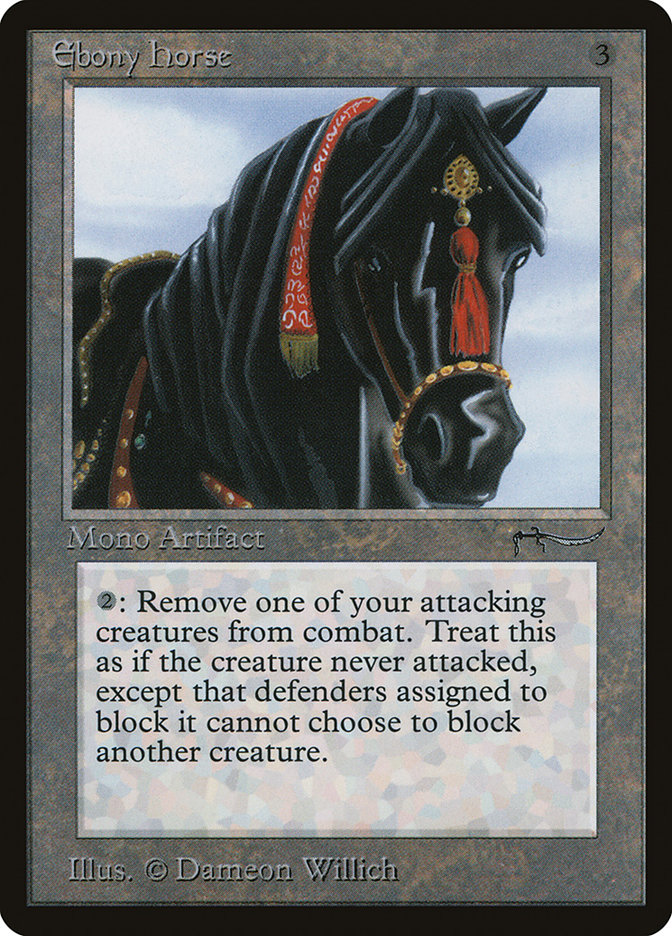
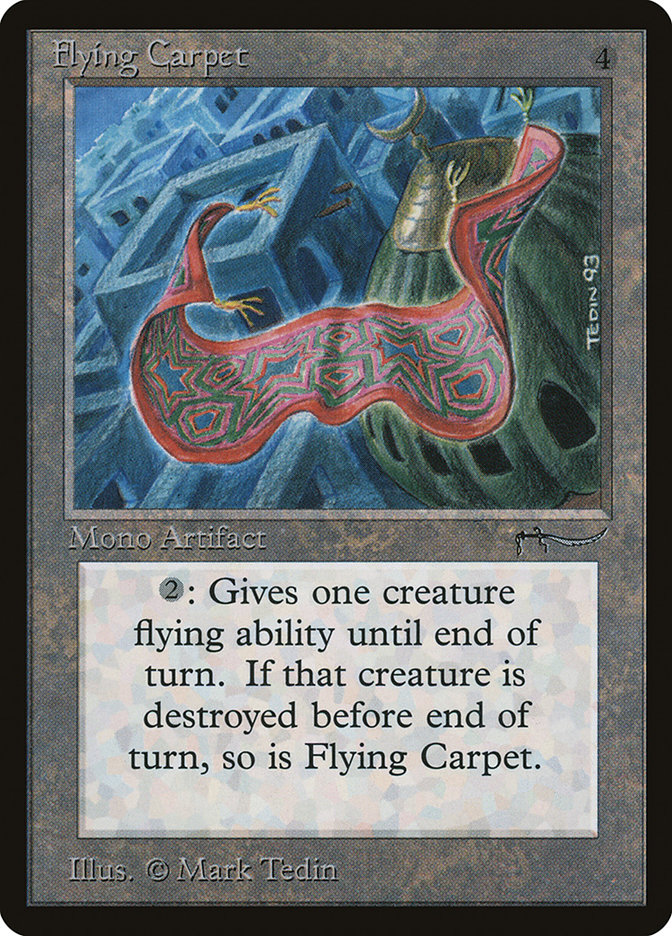

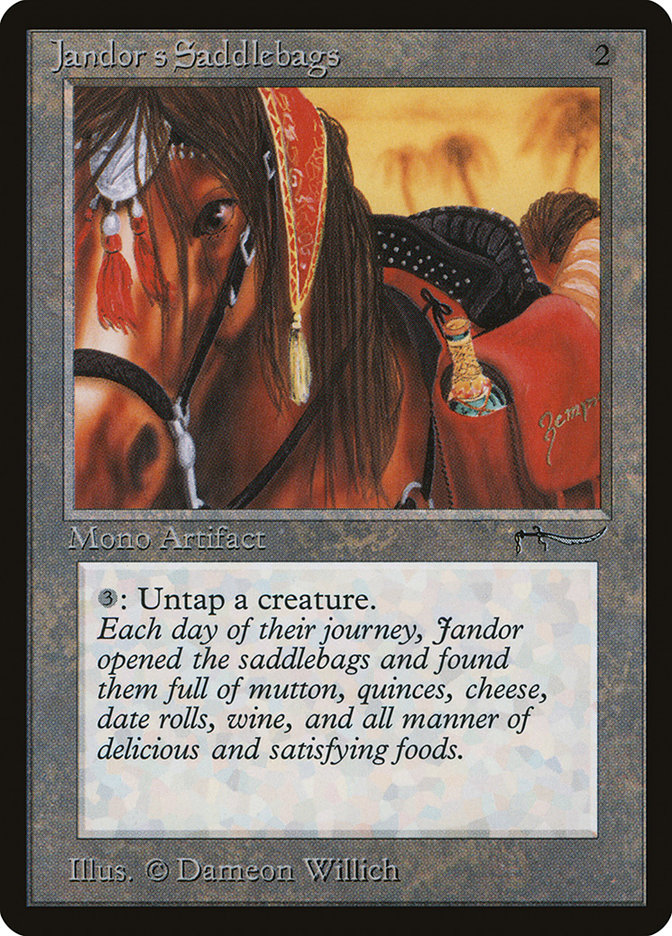
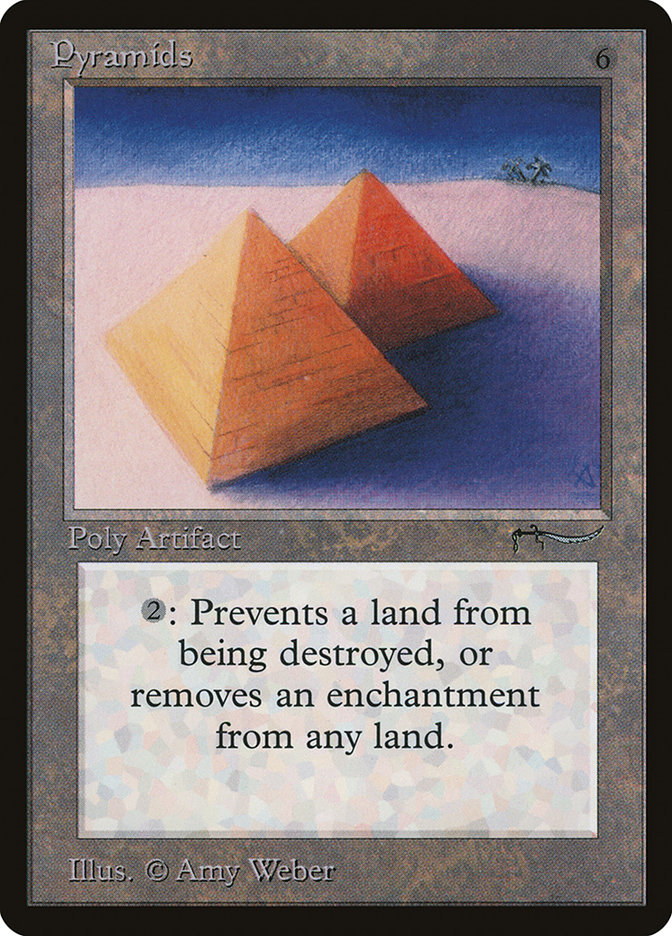
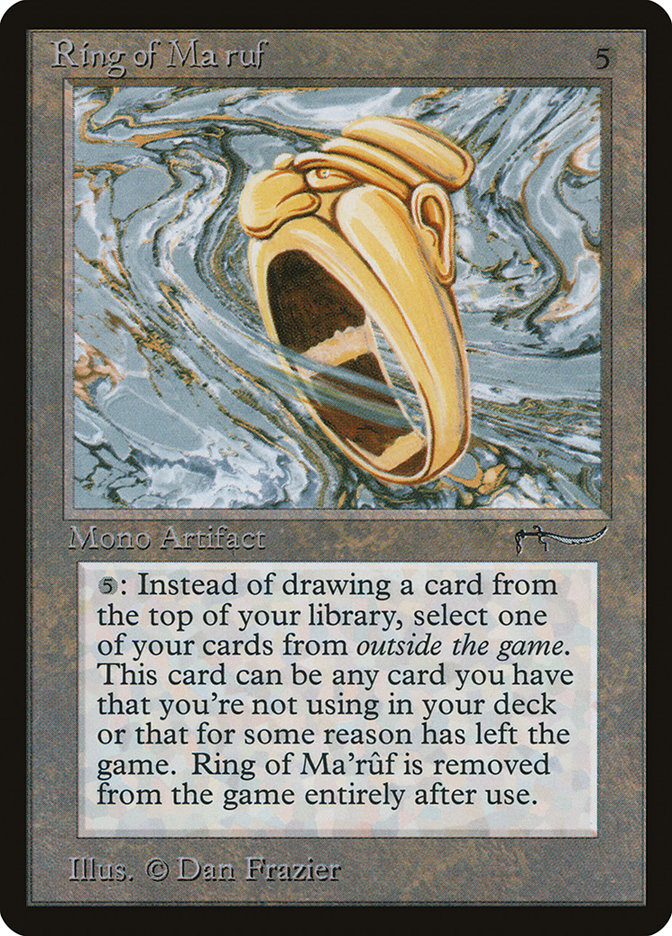

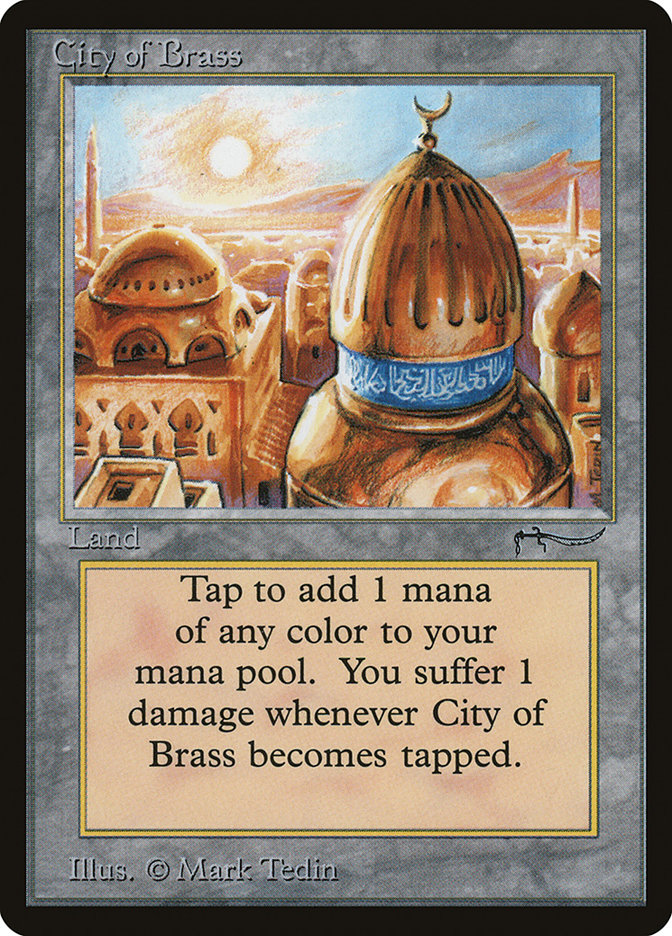
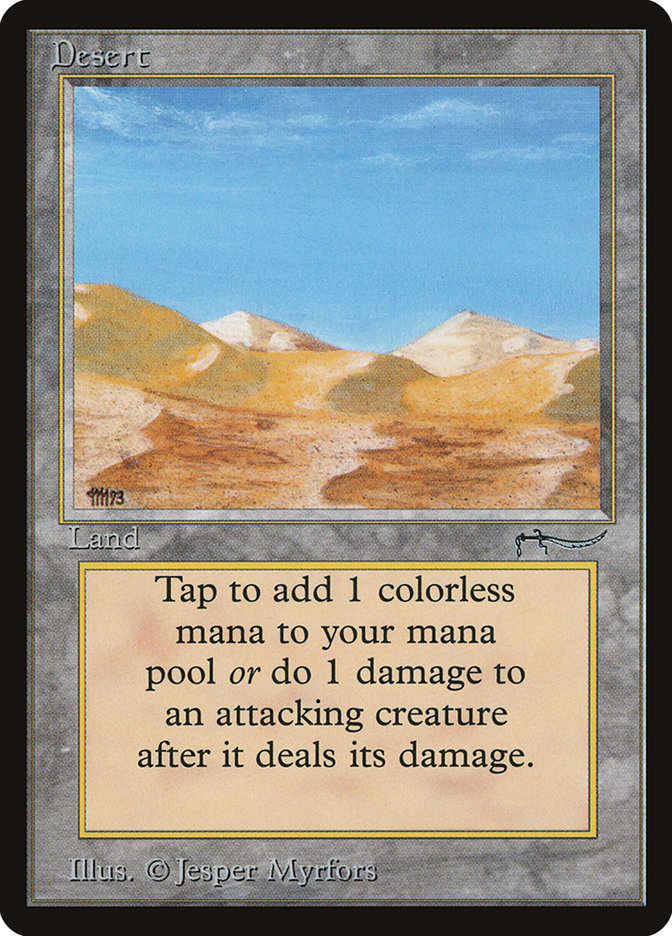

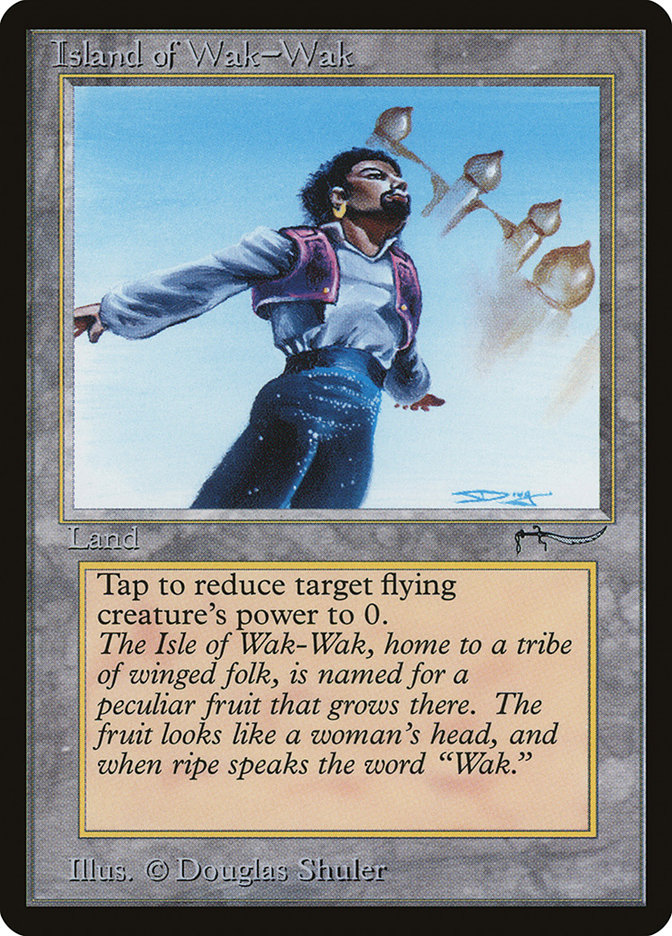
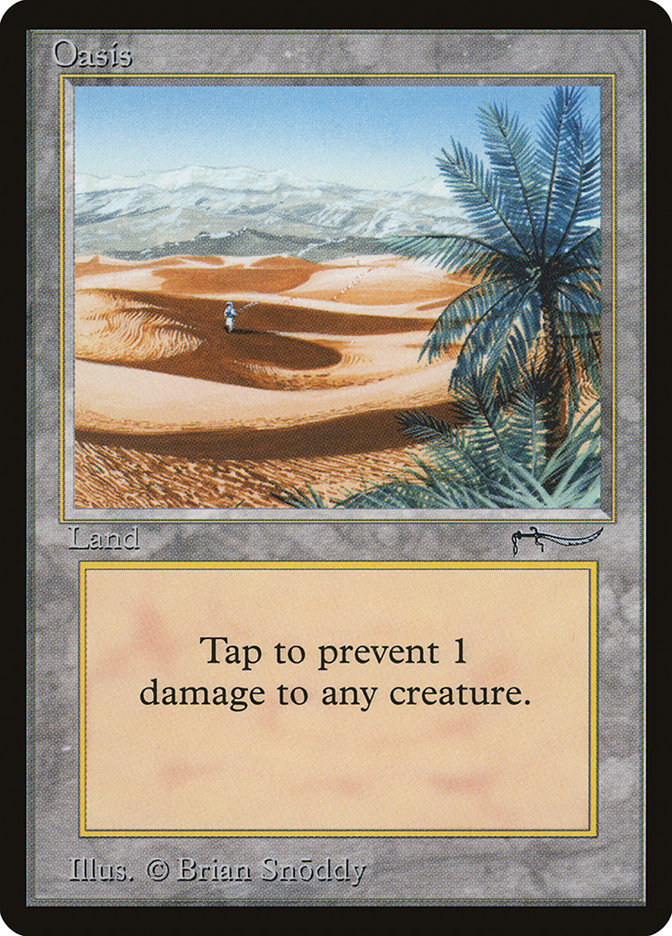
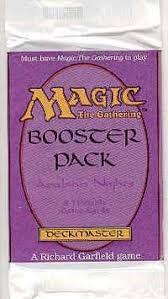


Add Comment